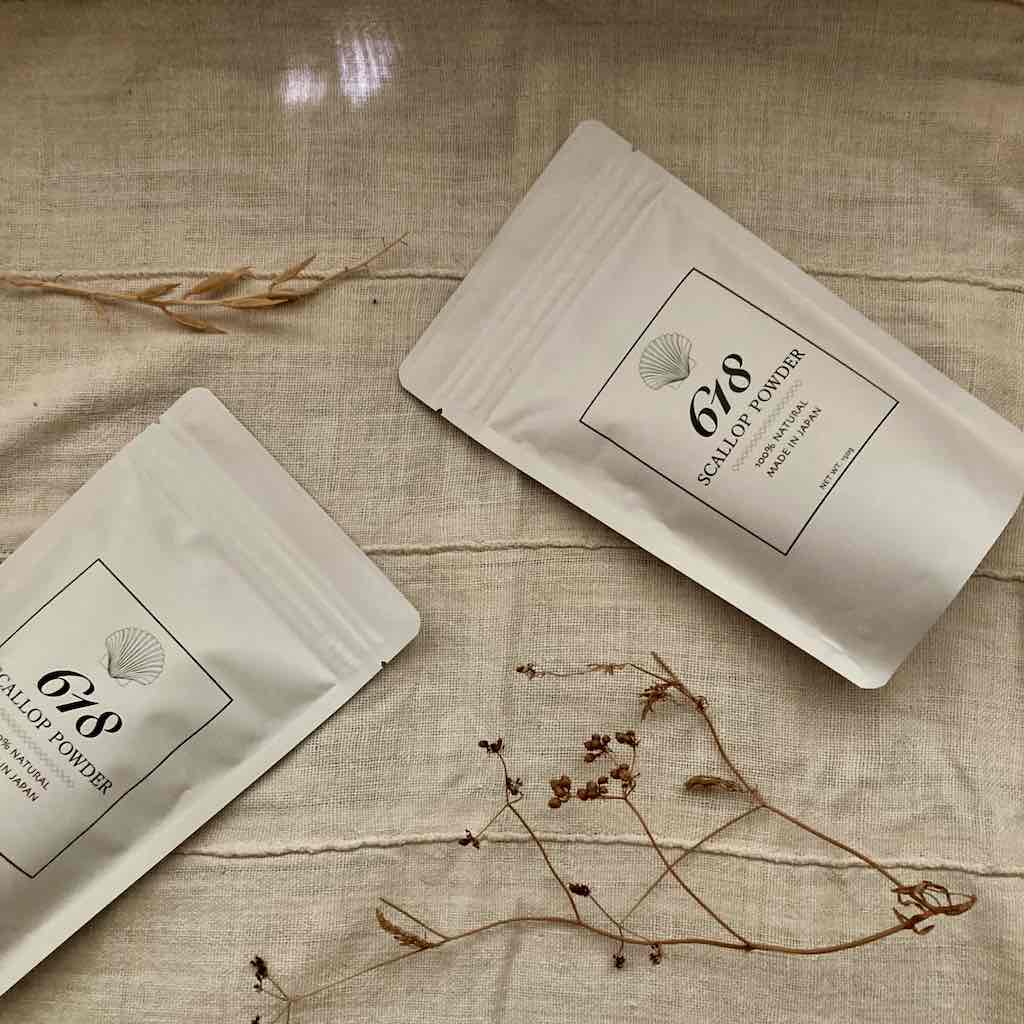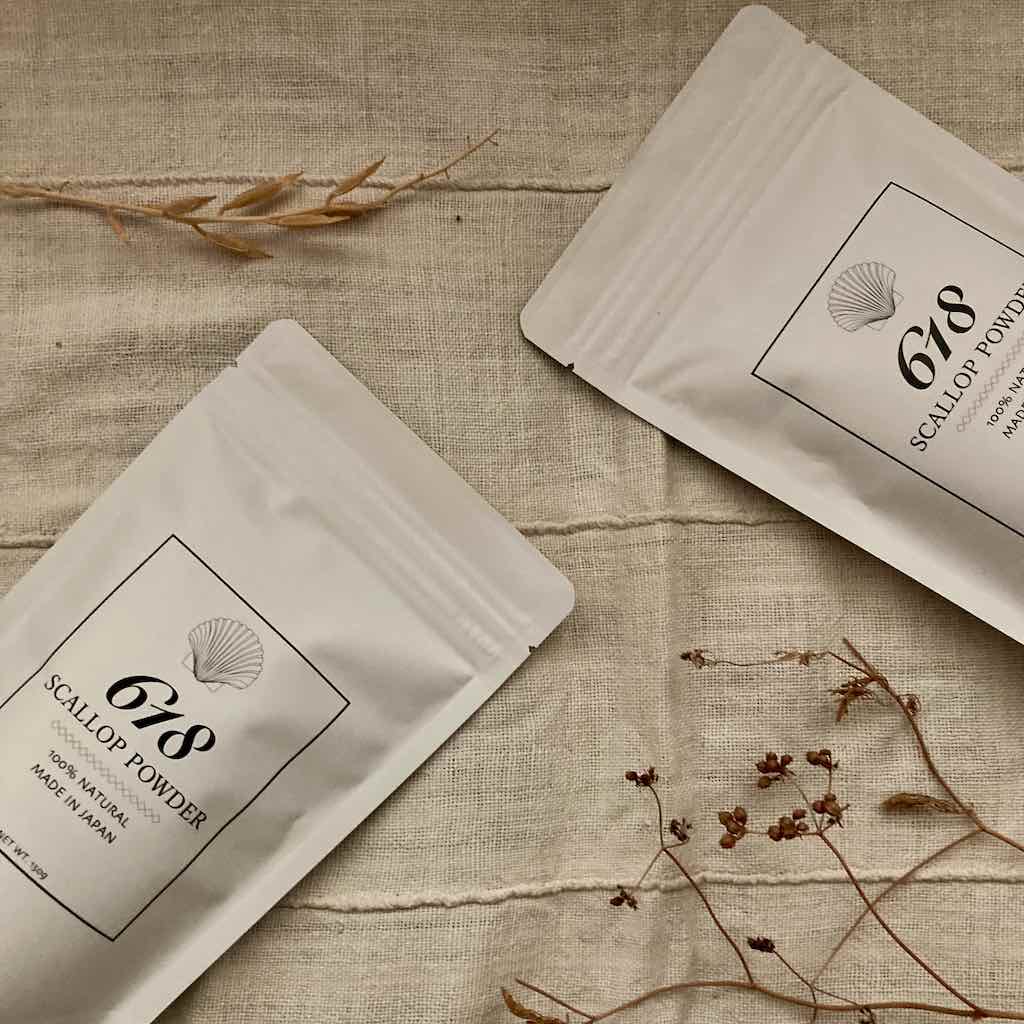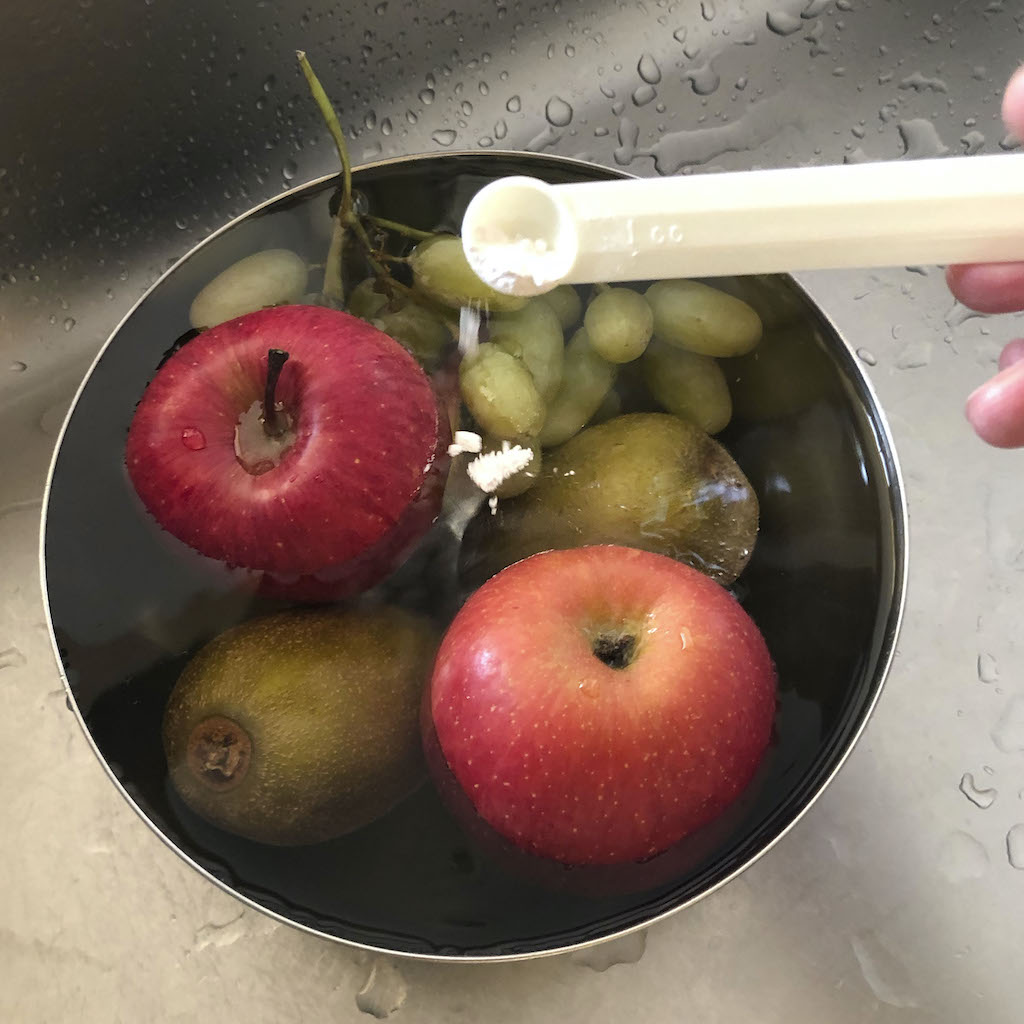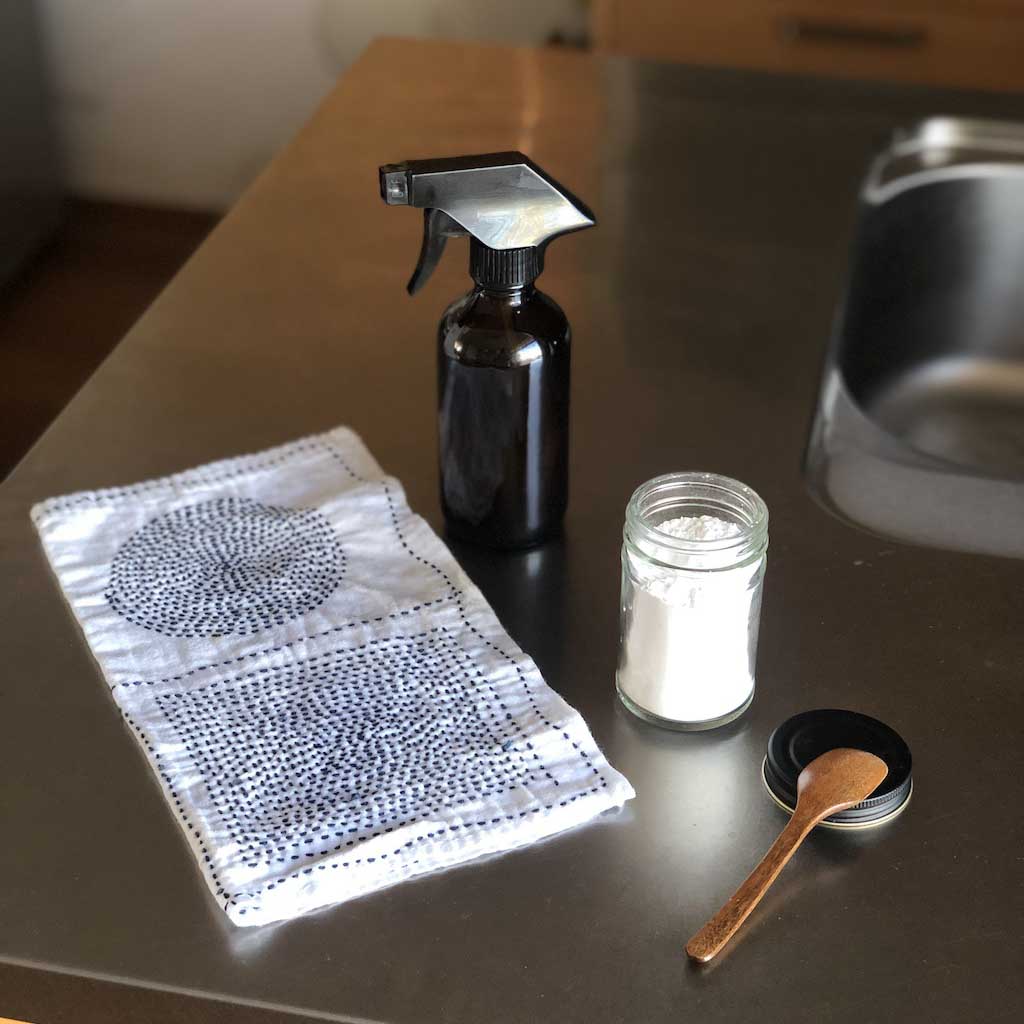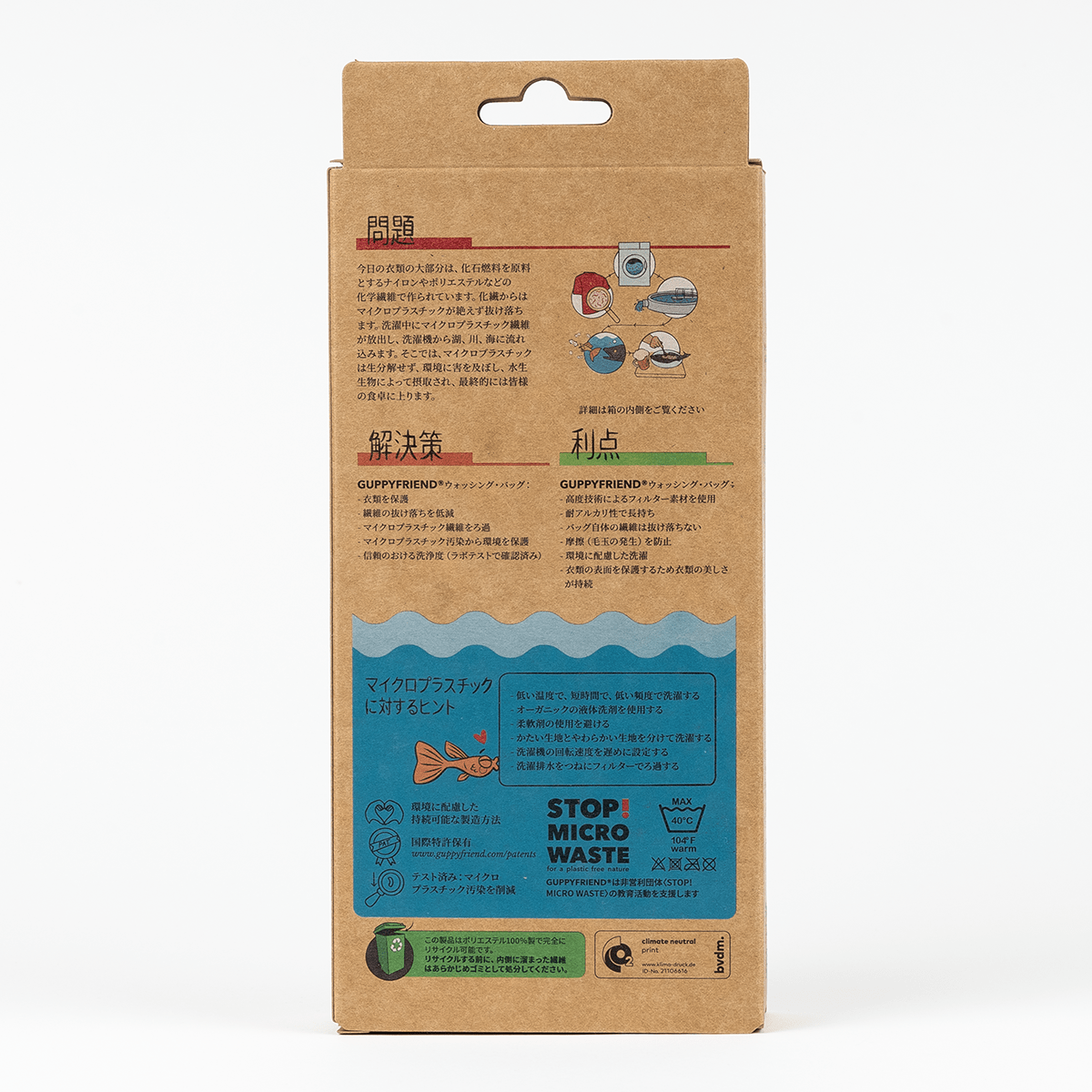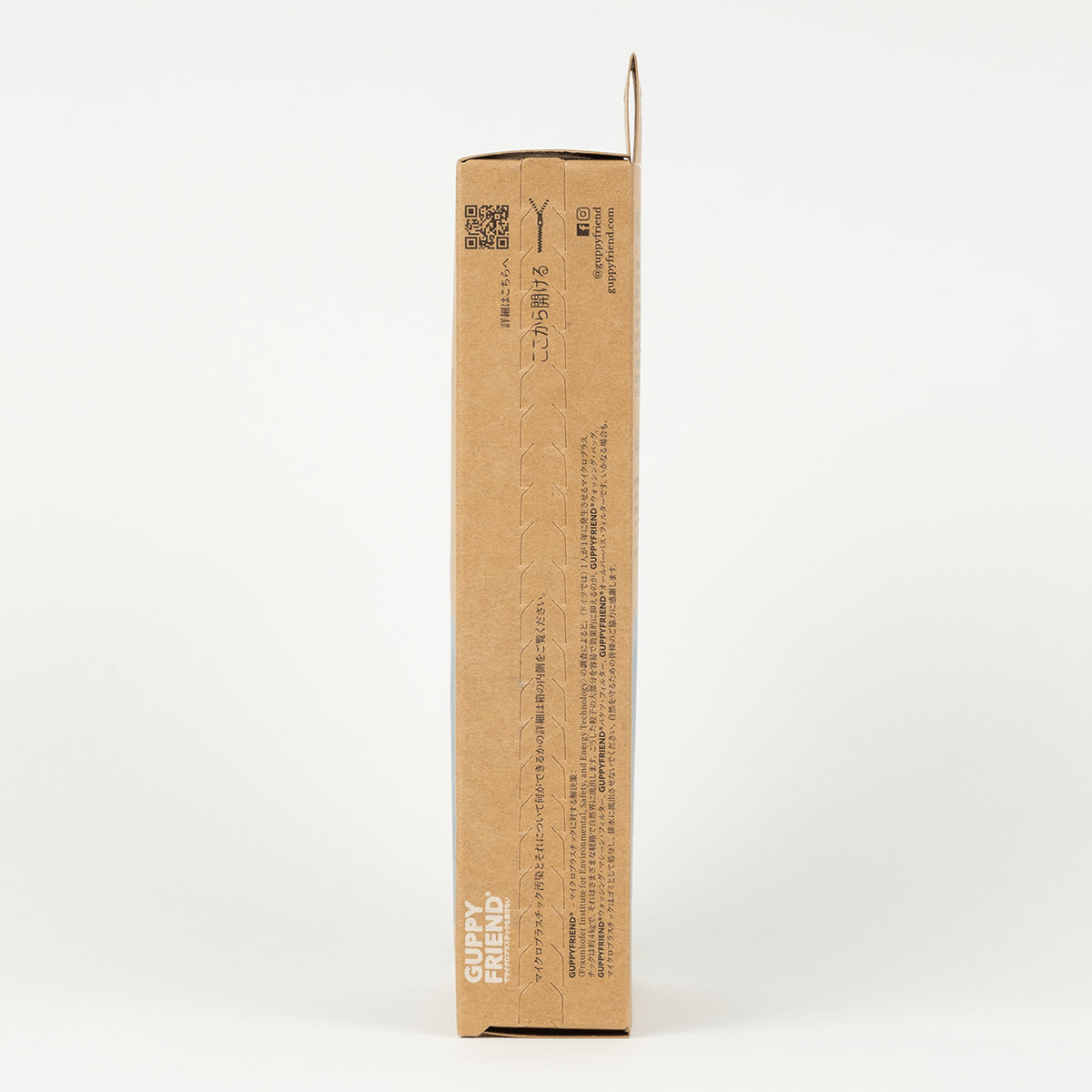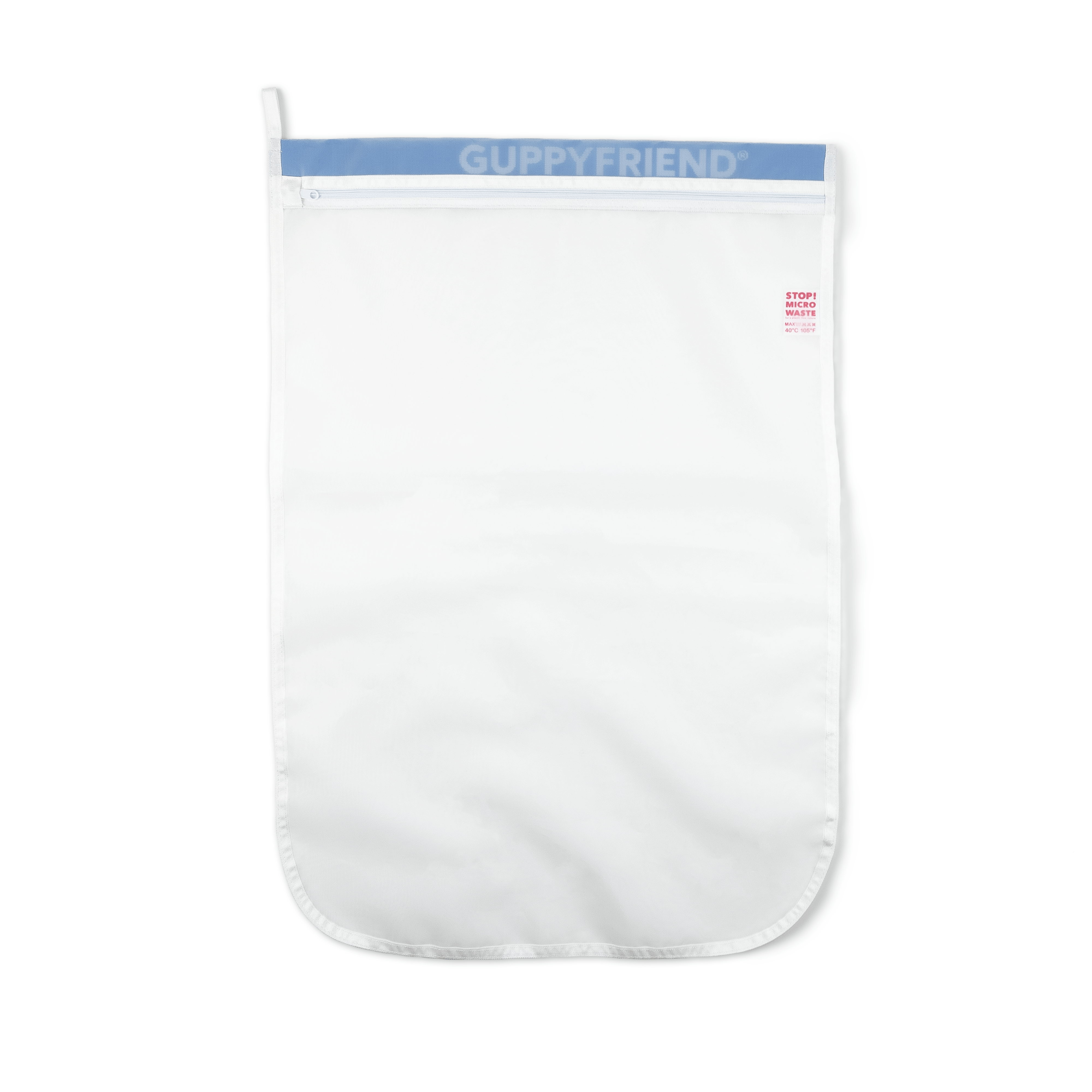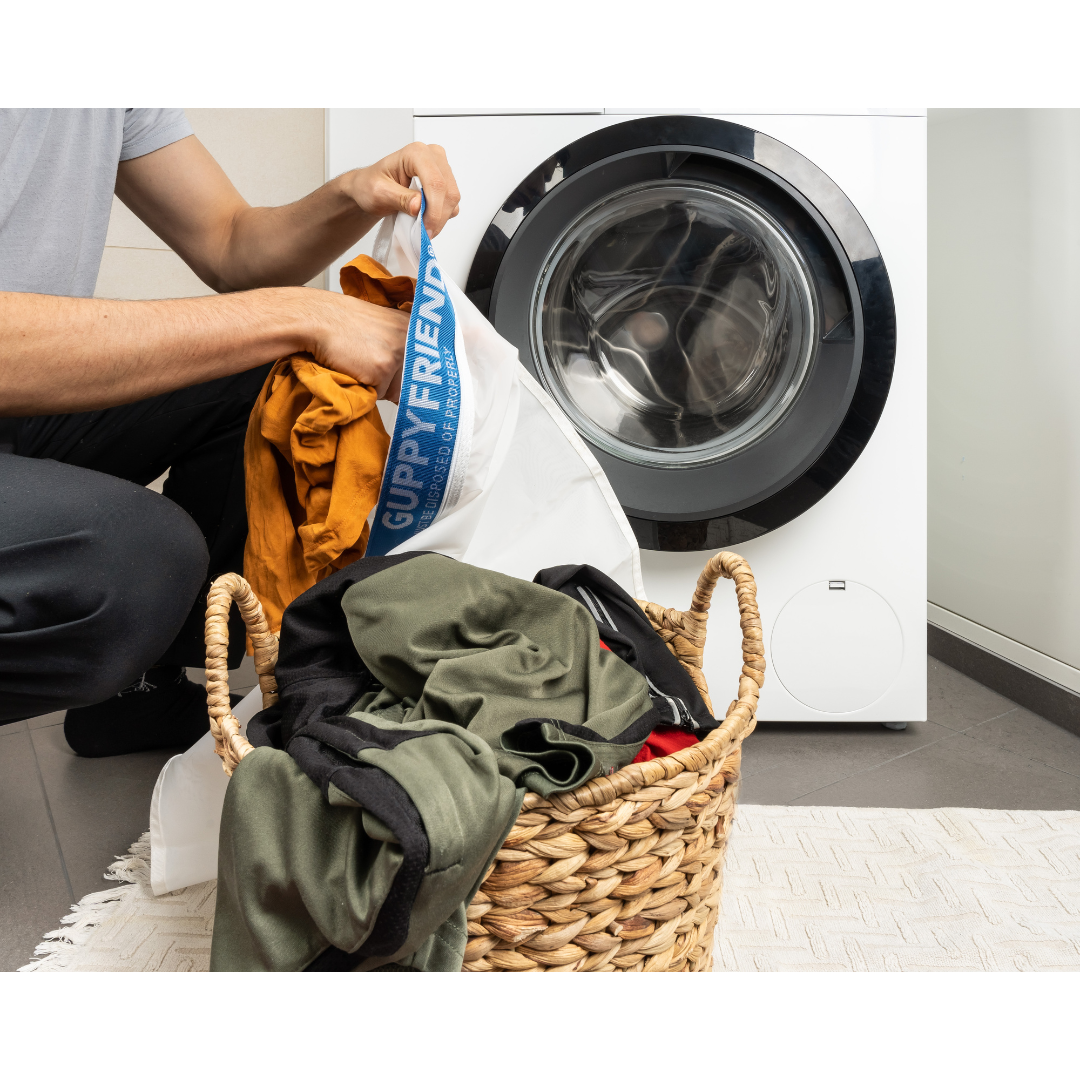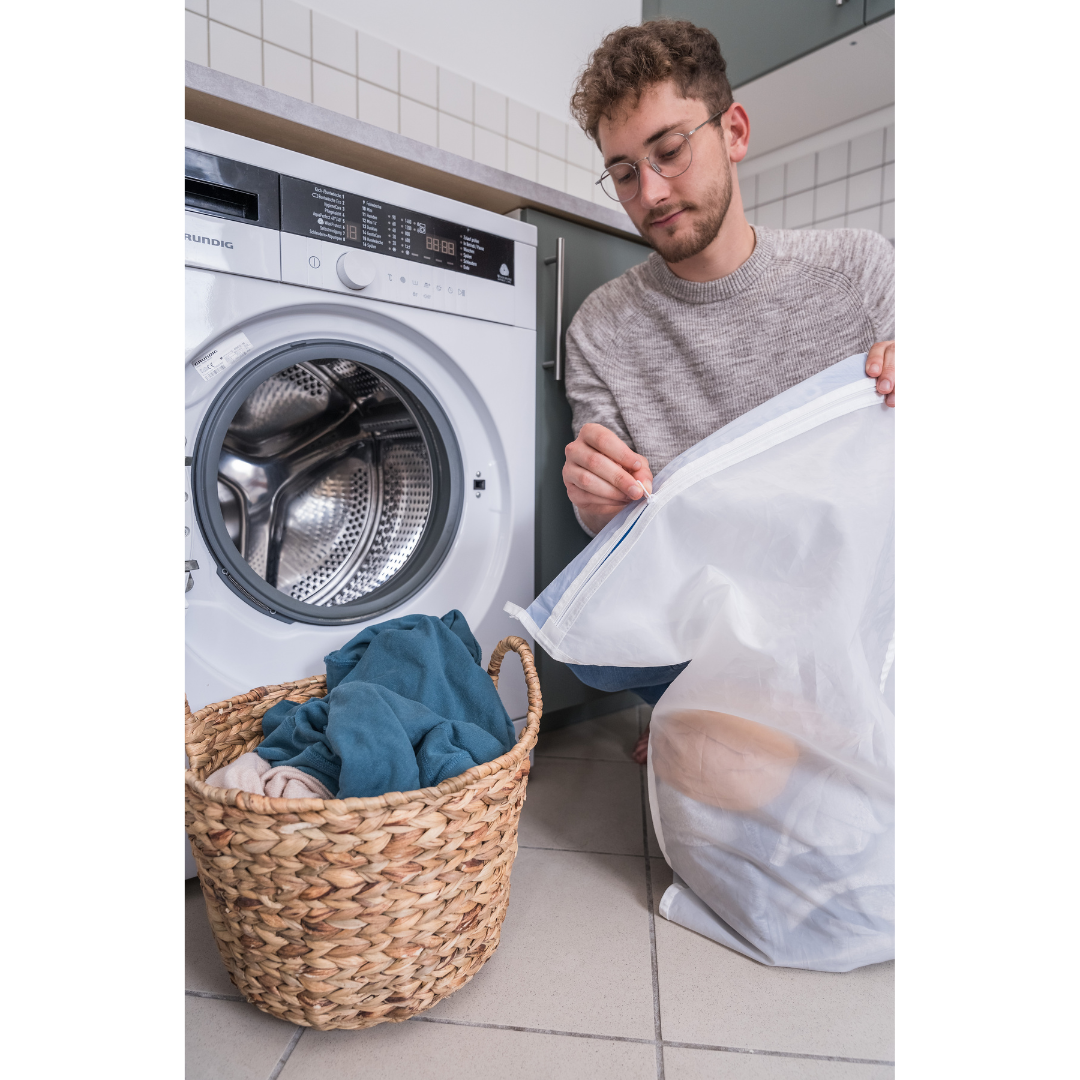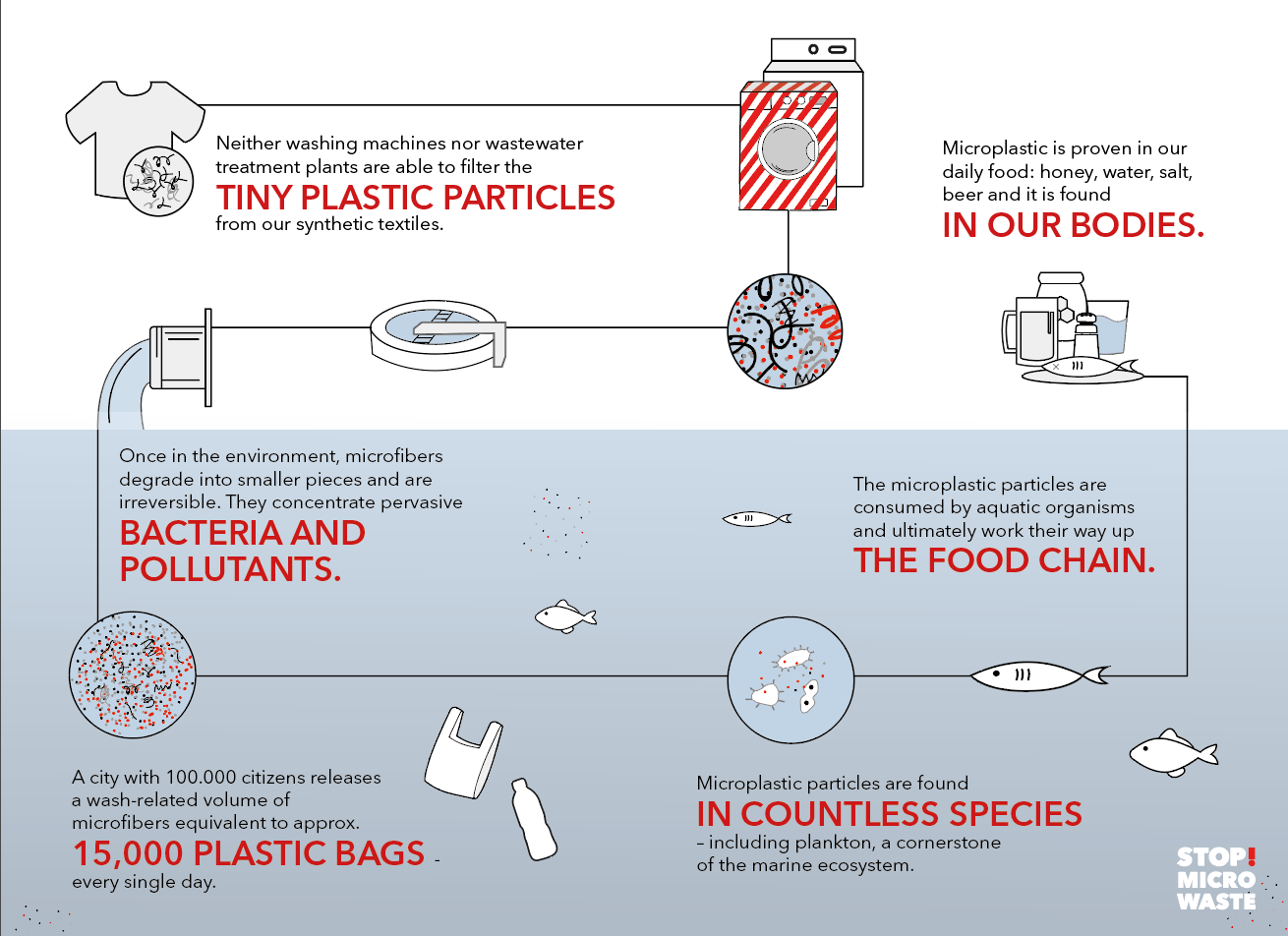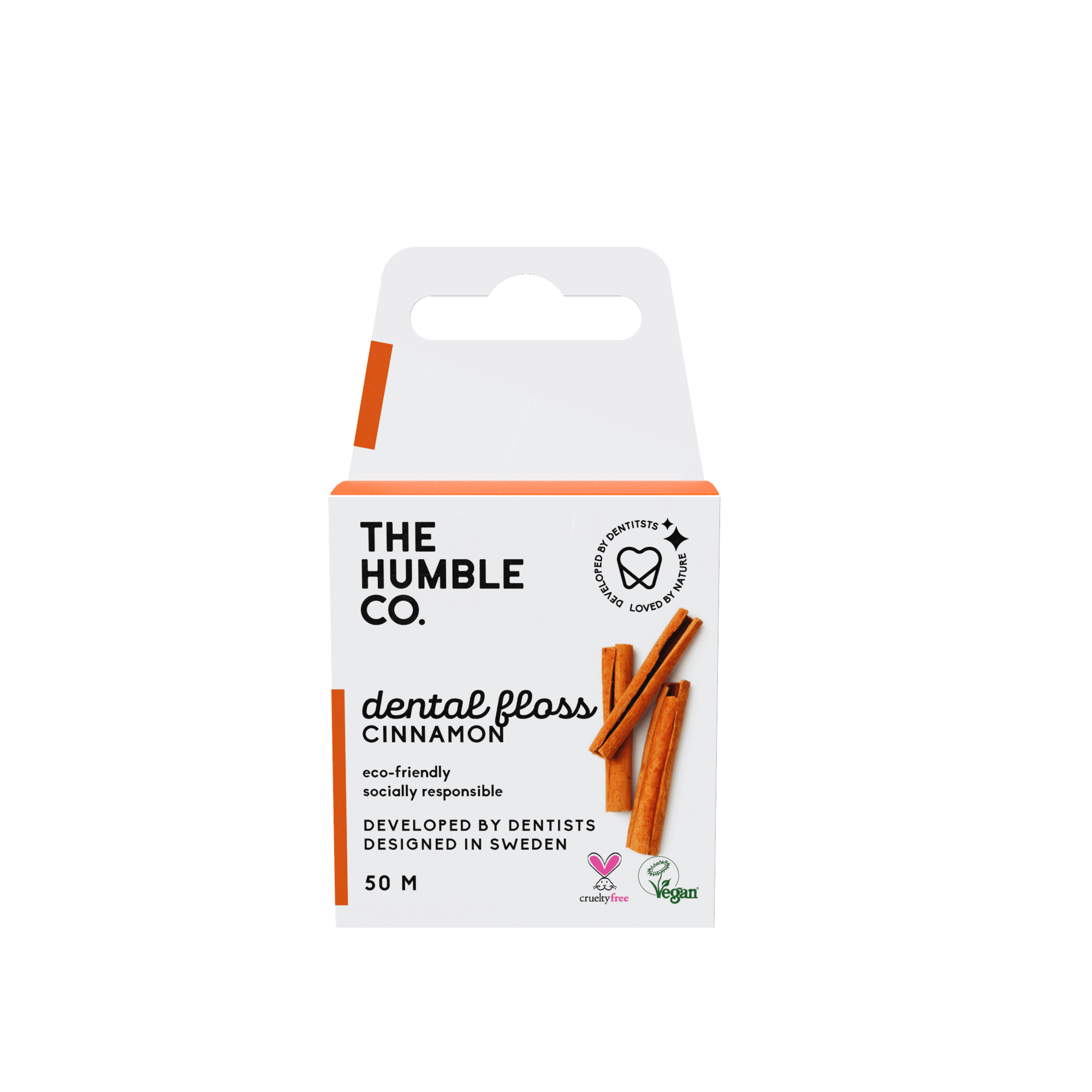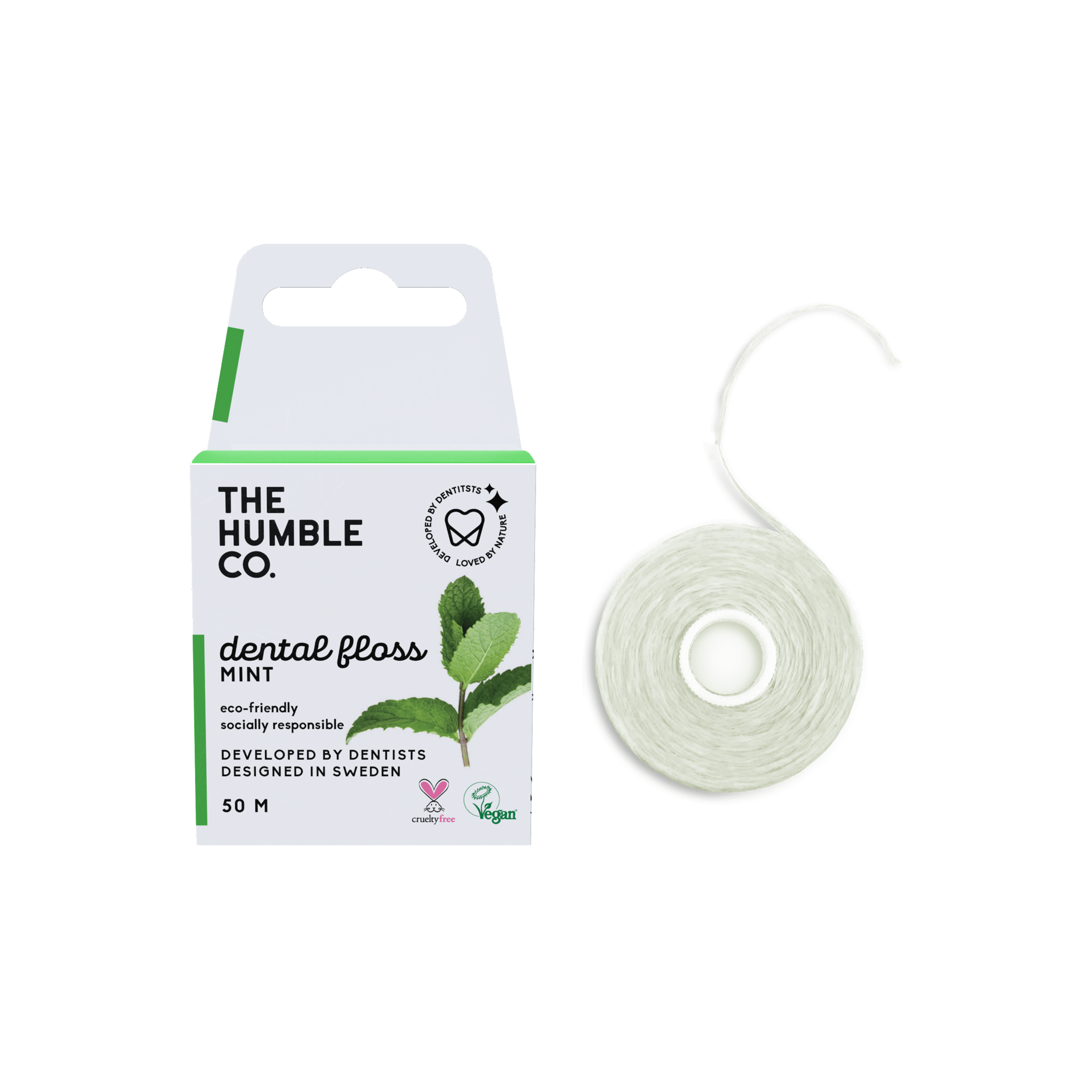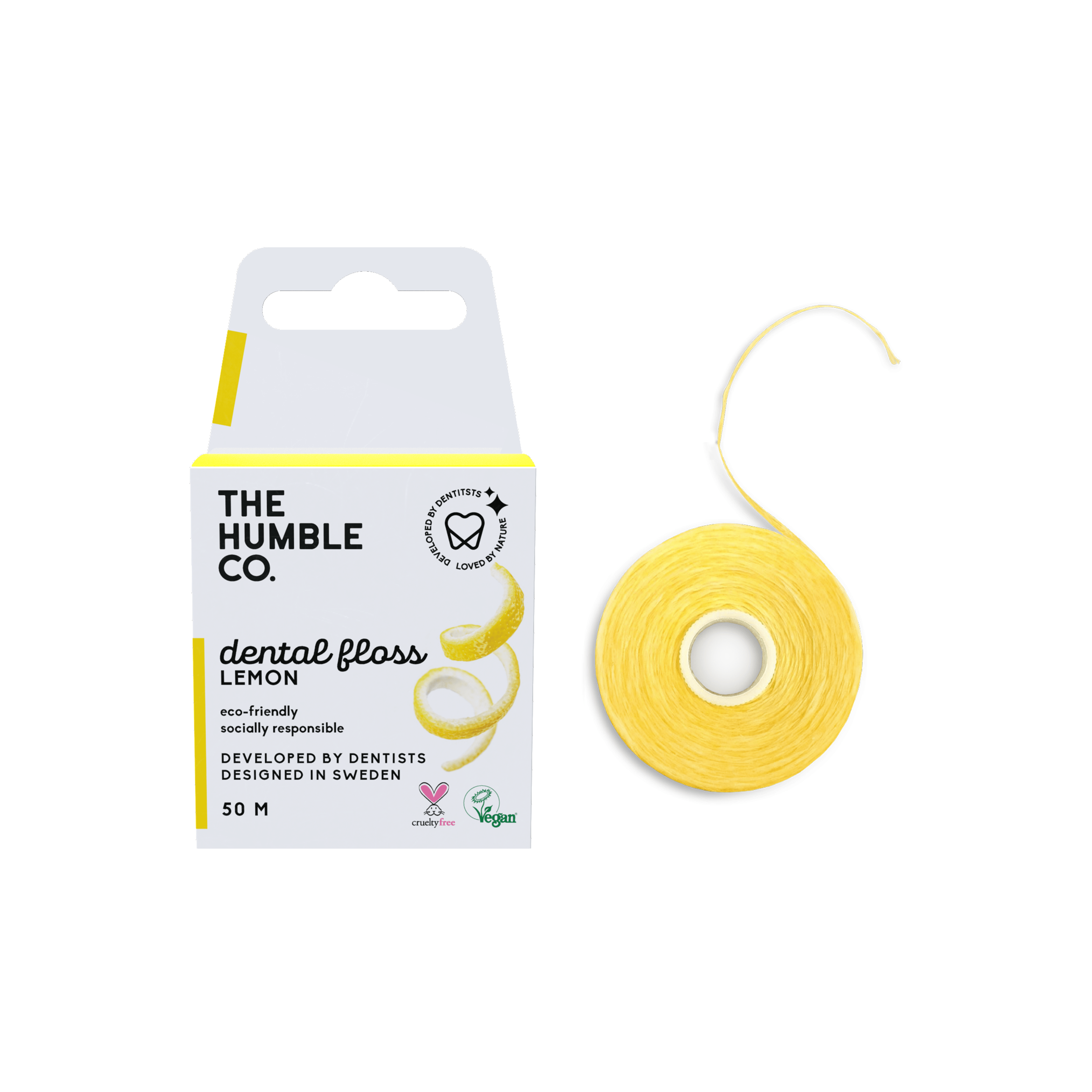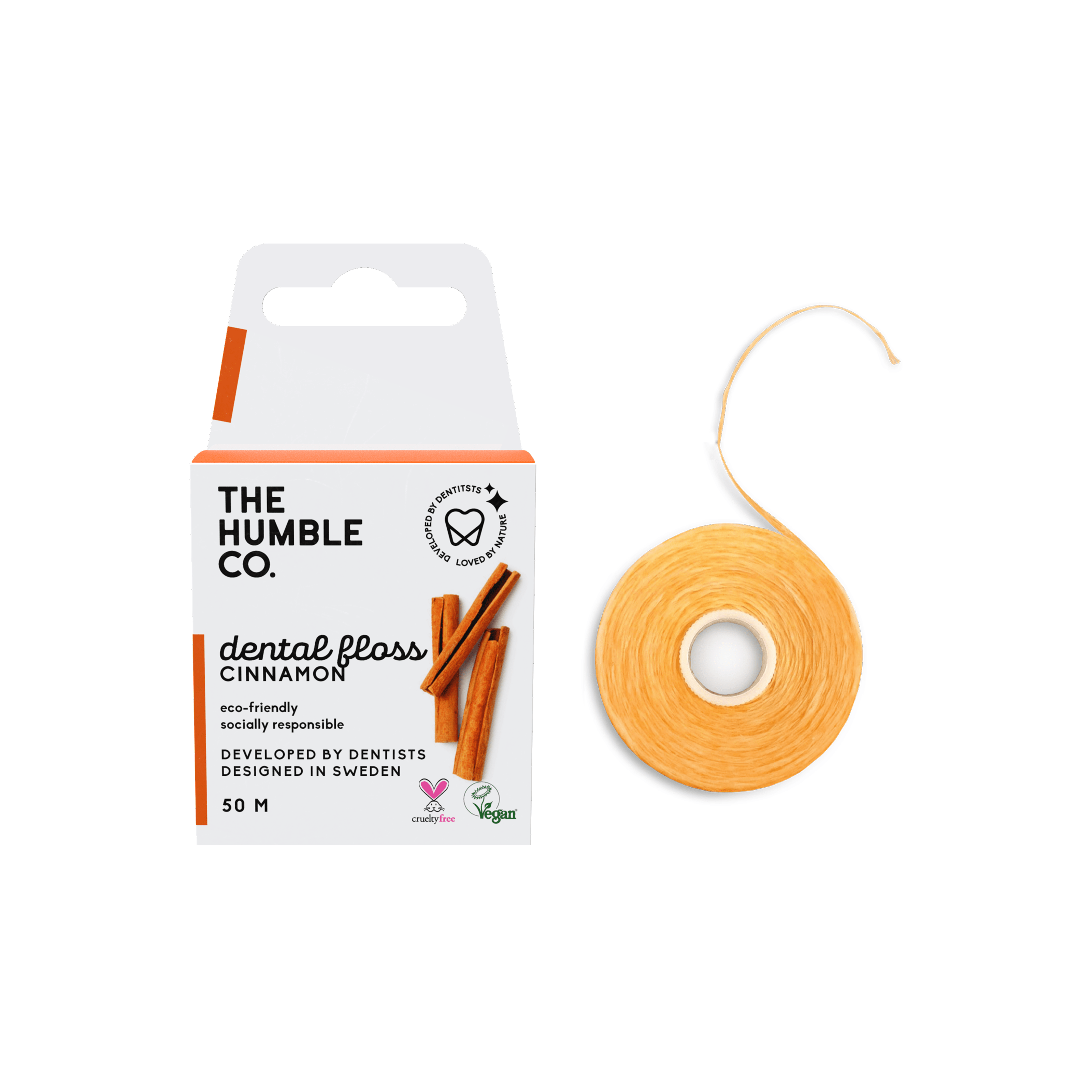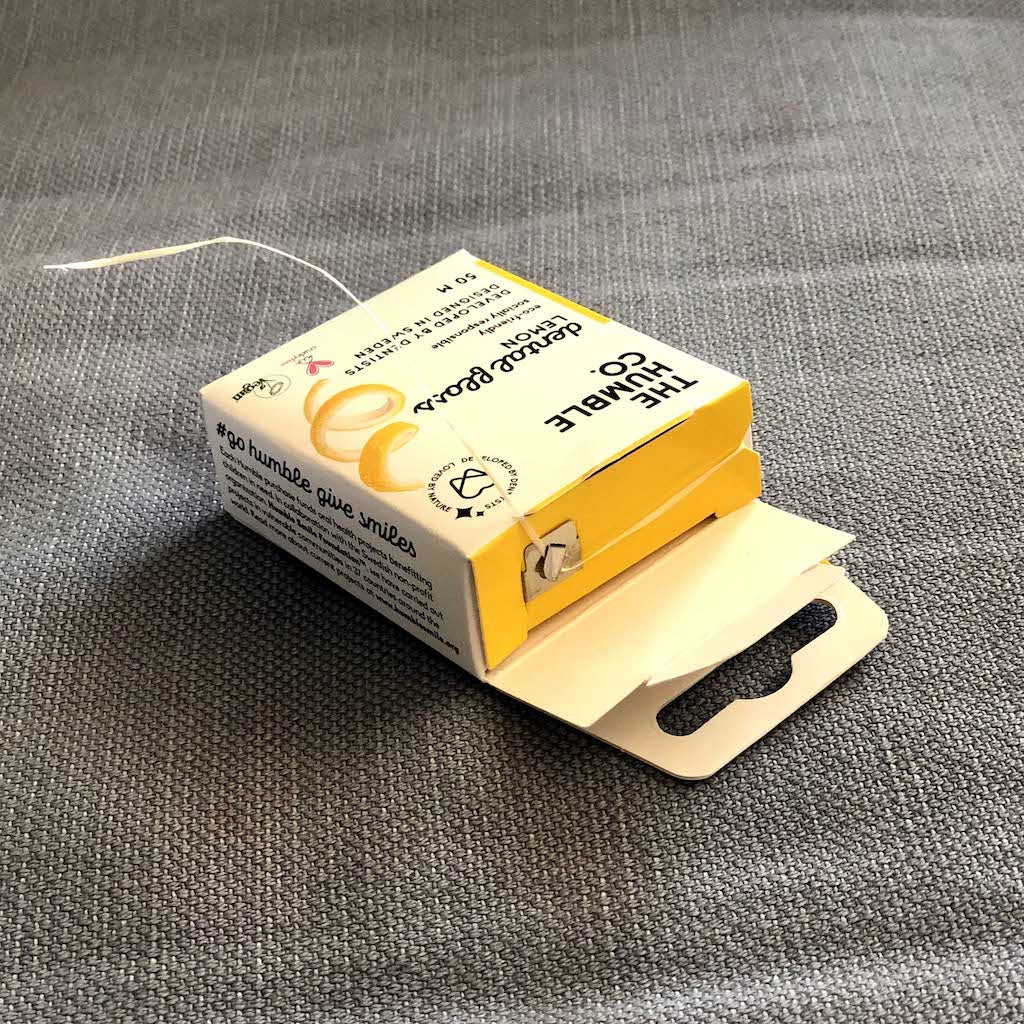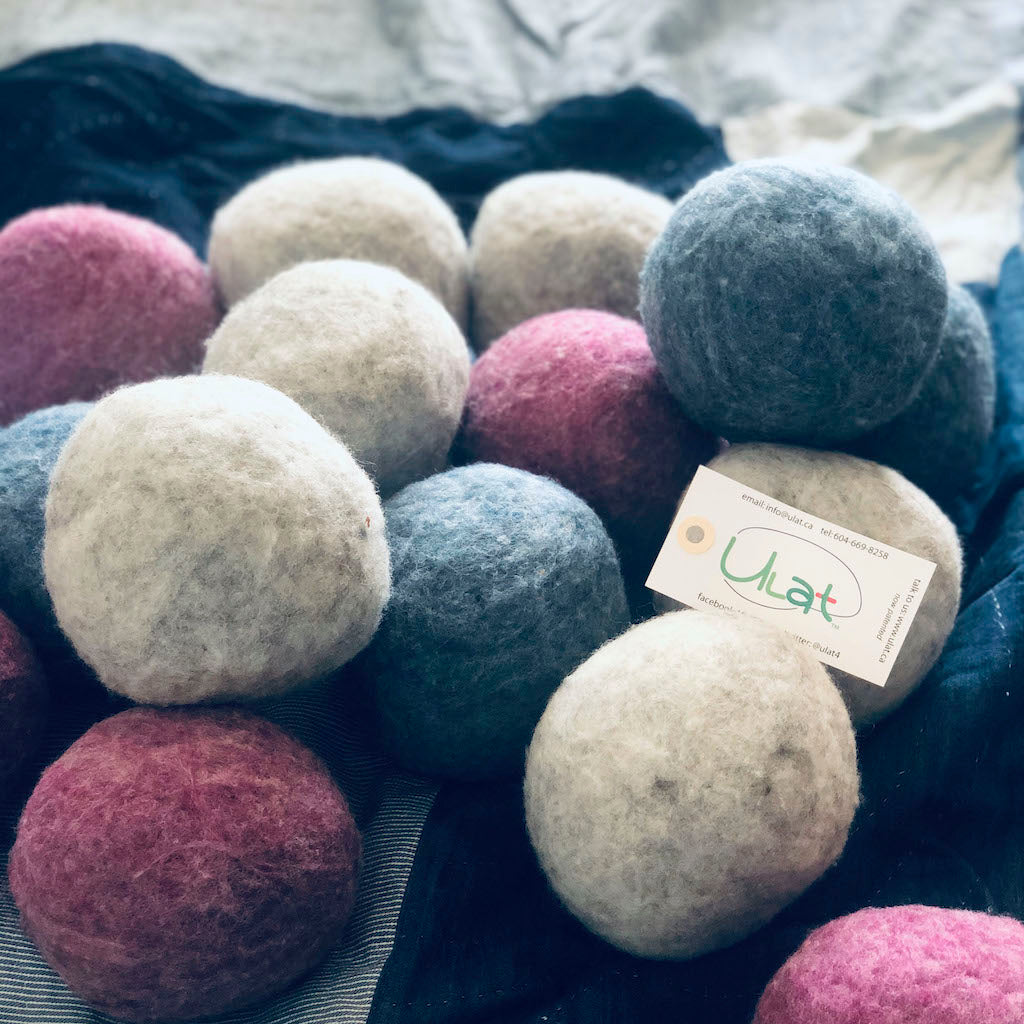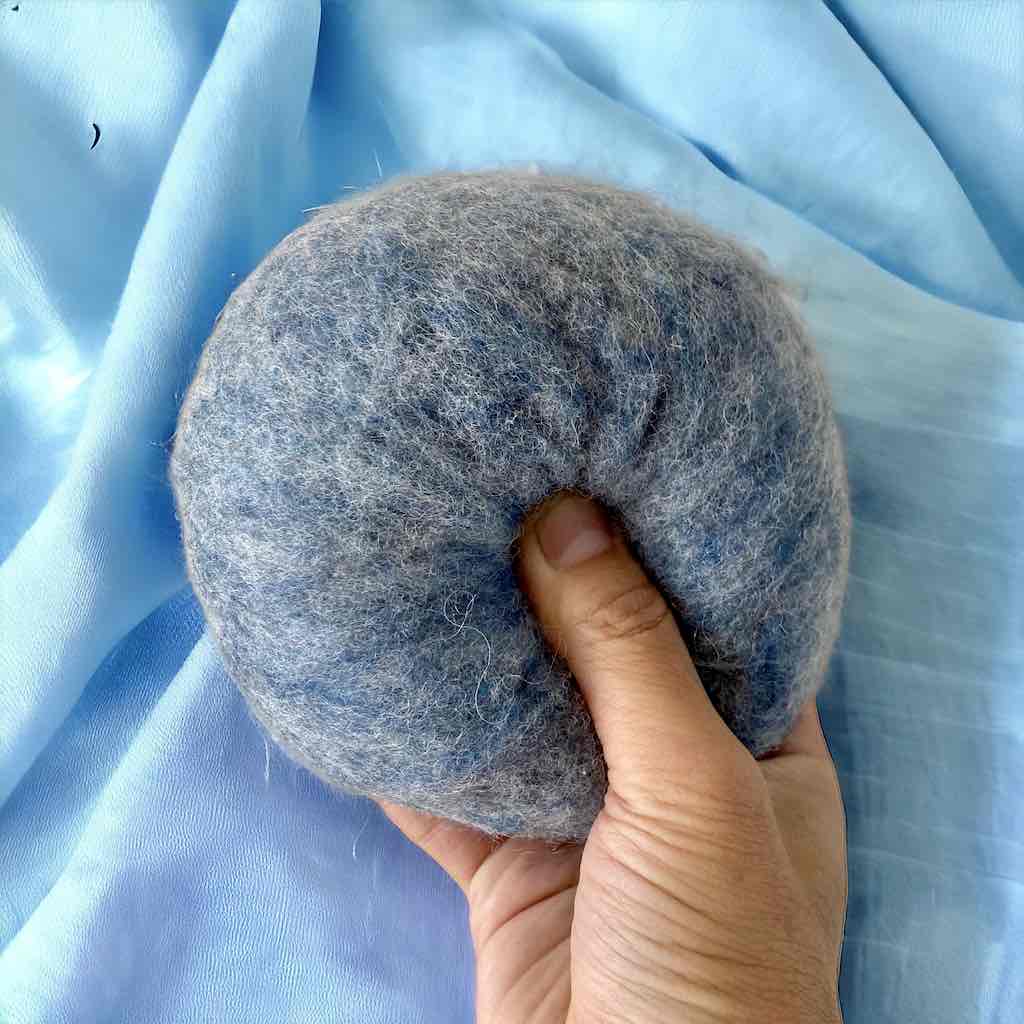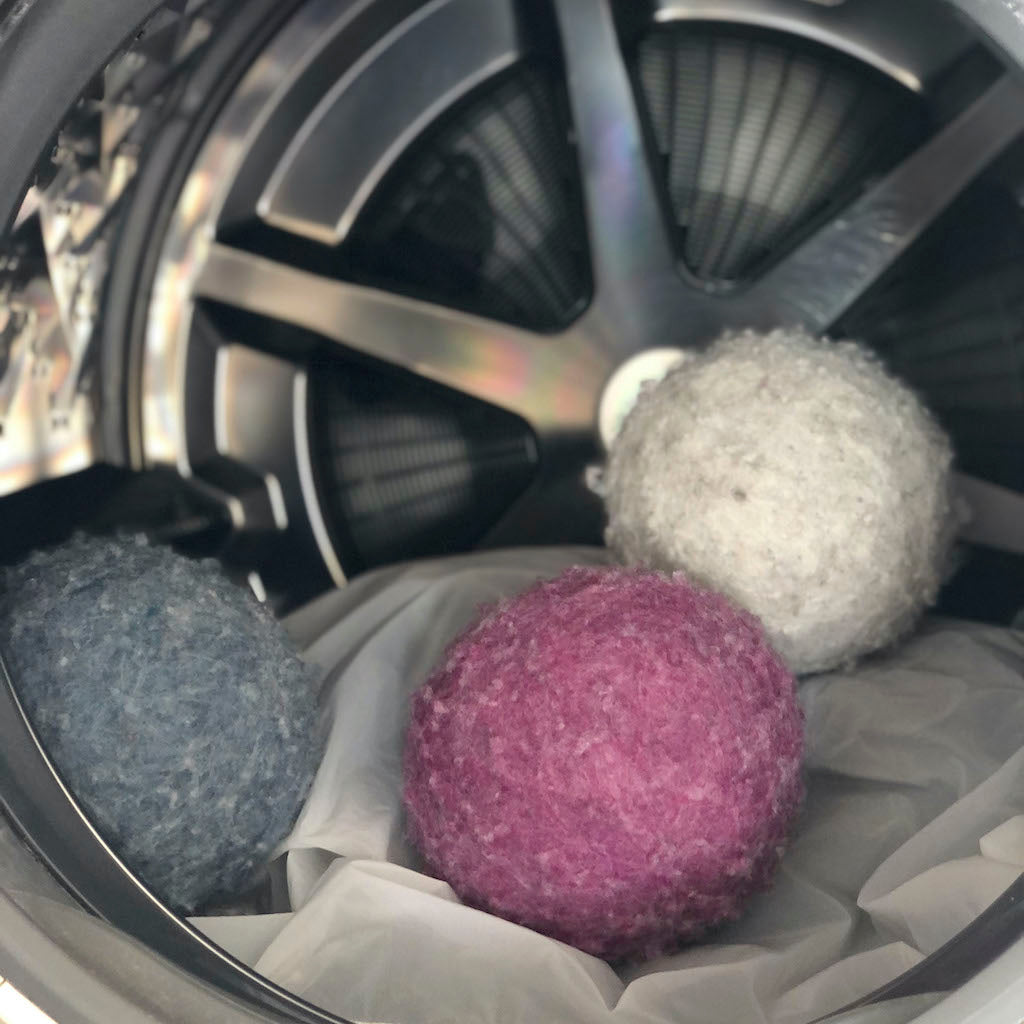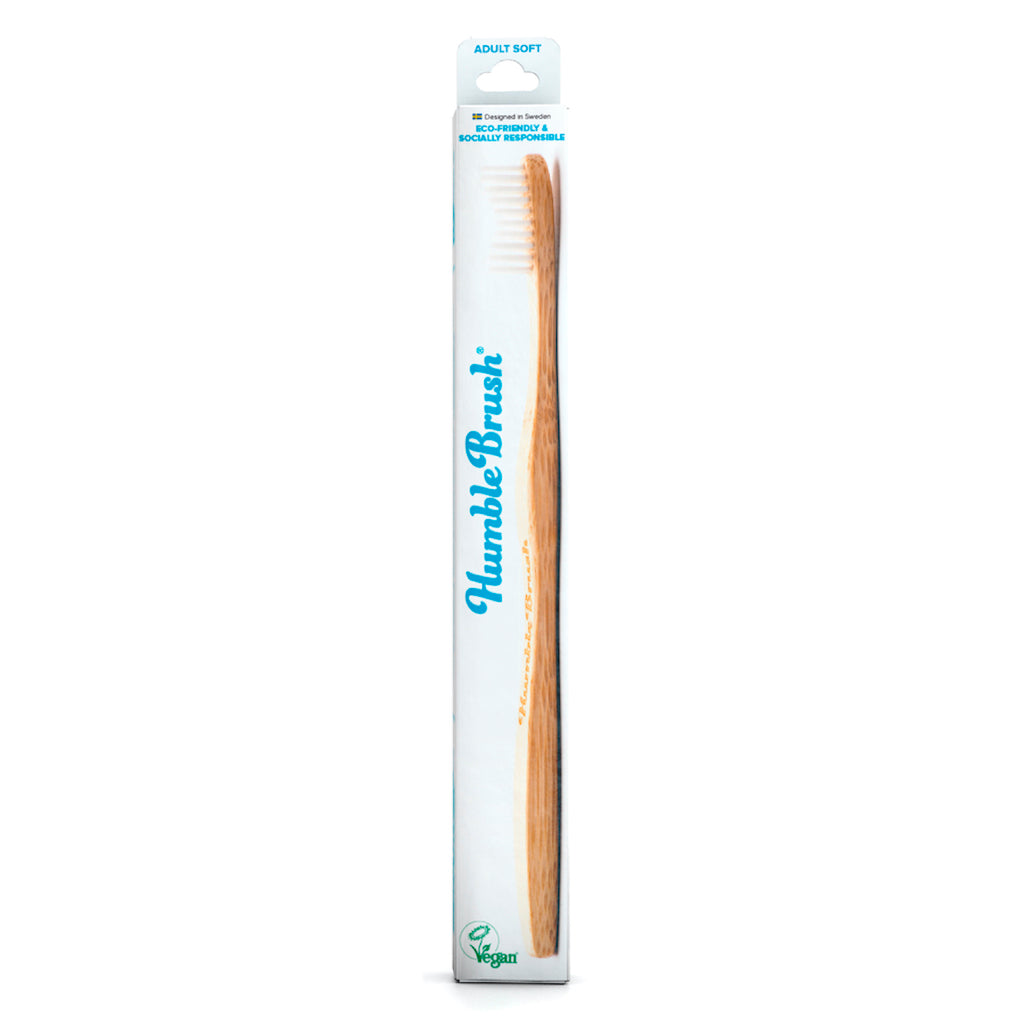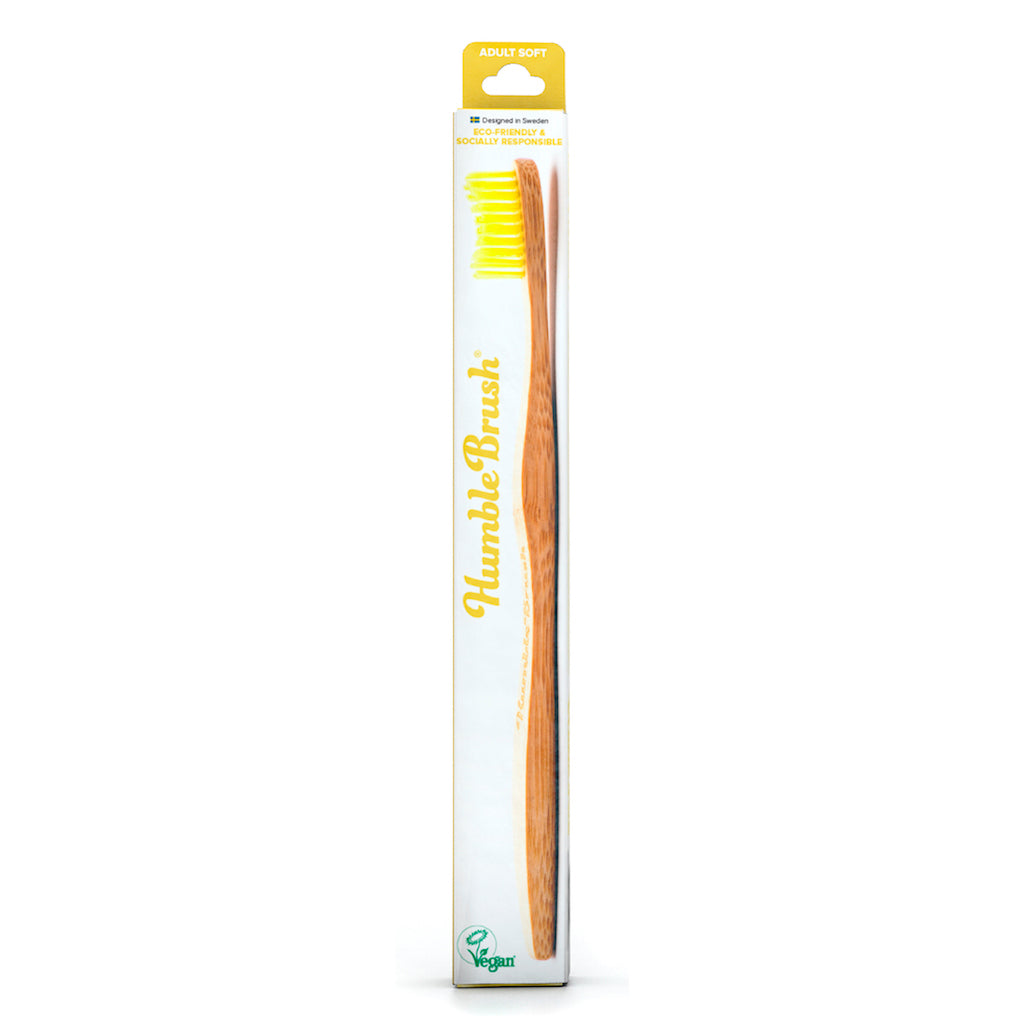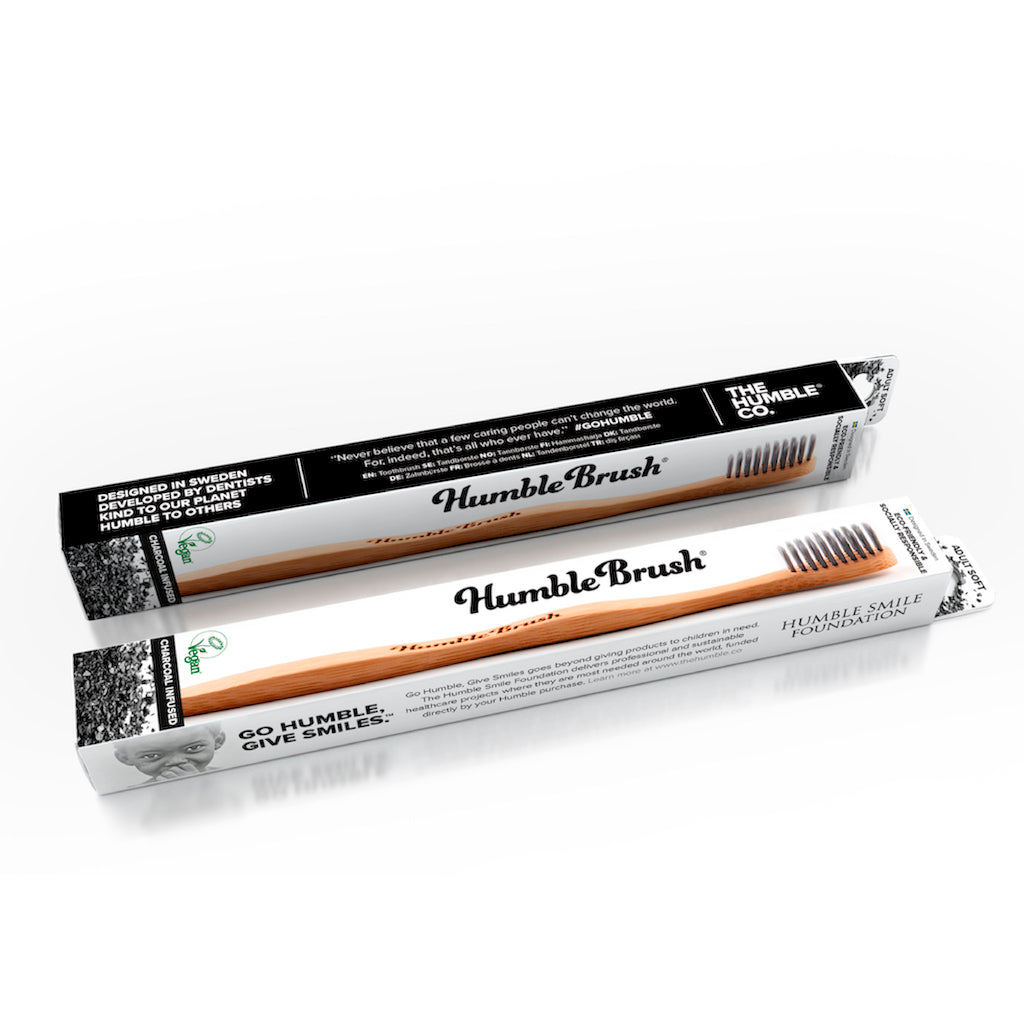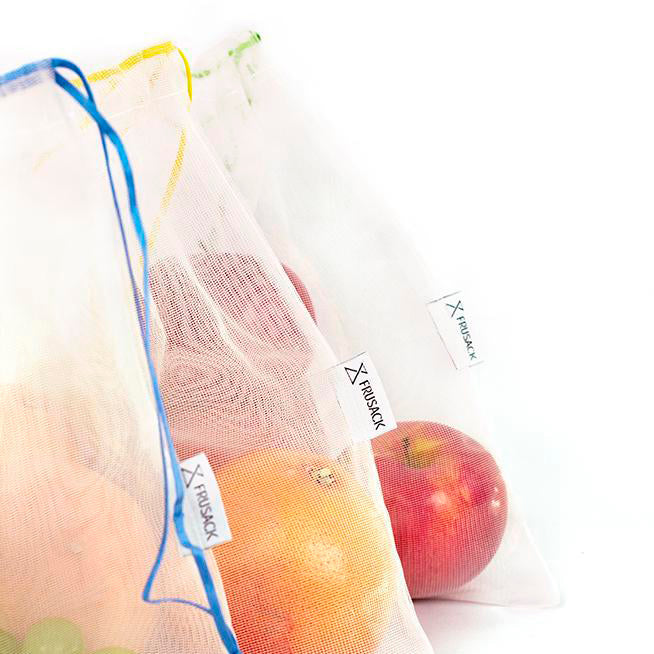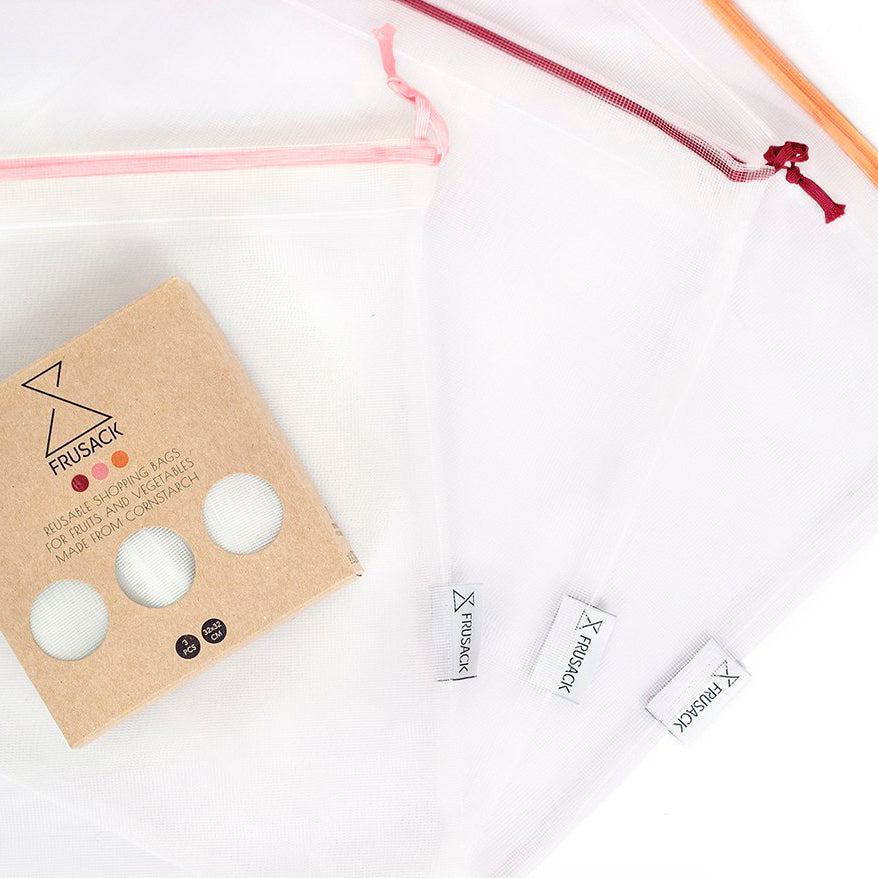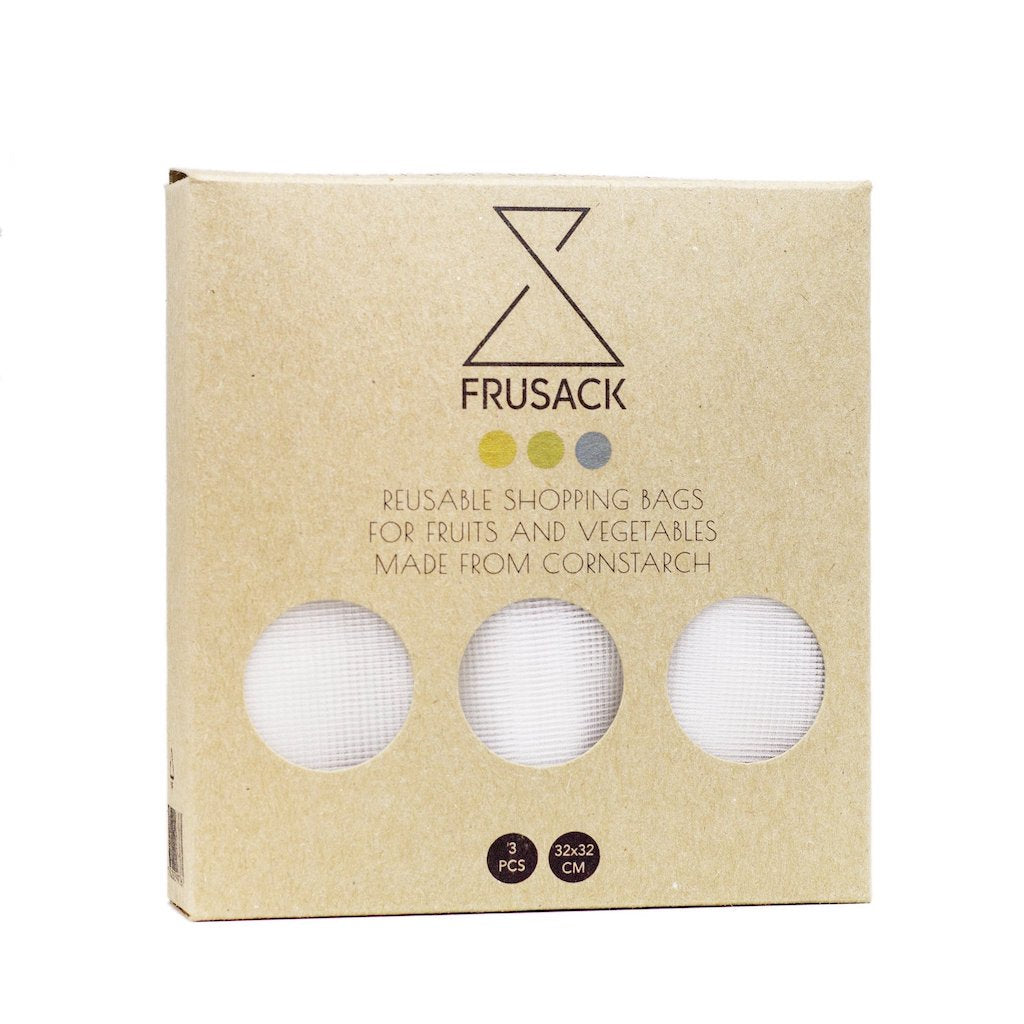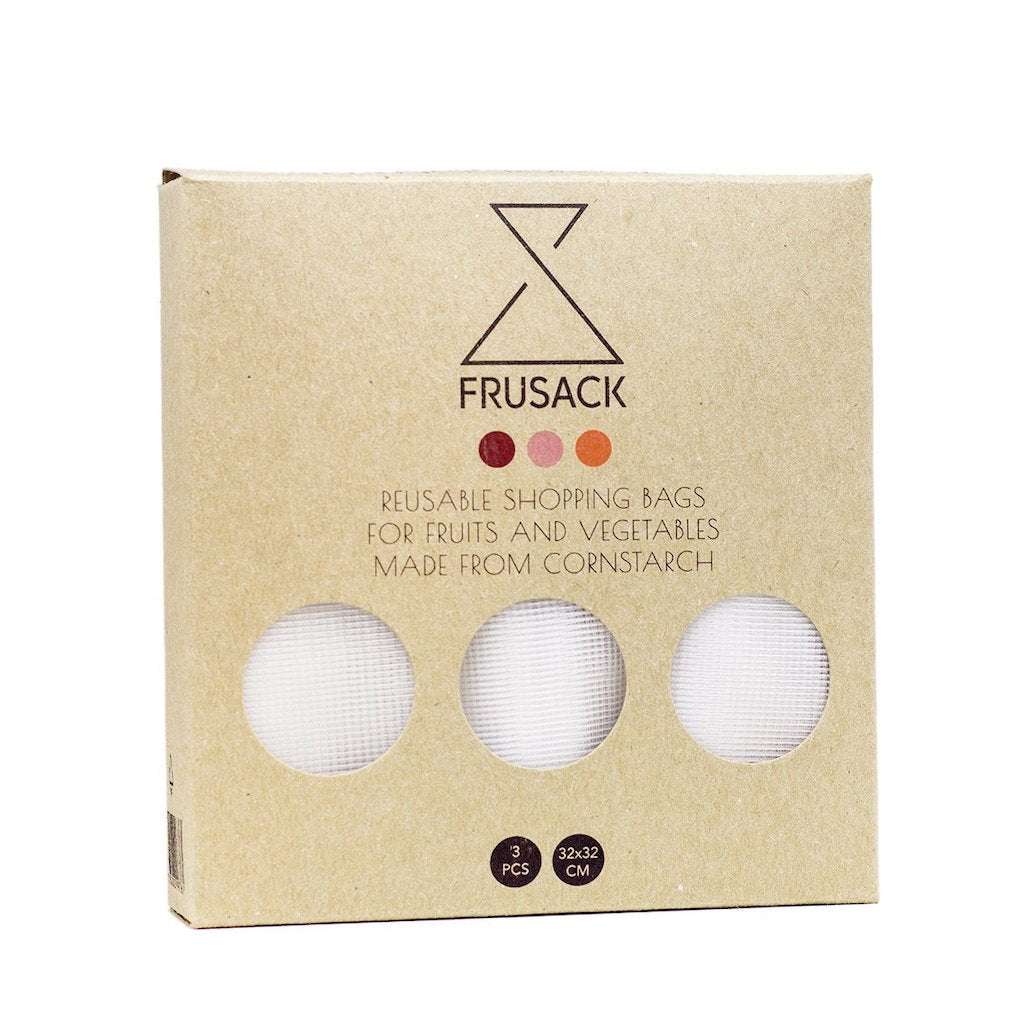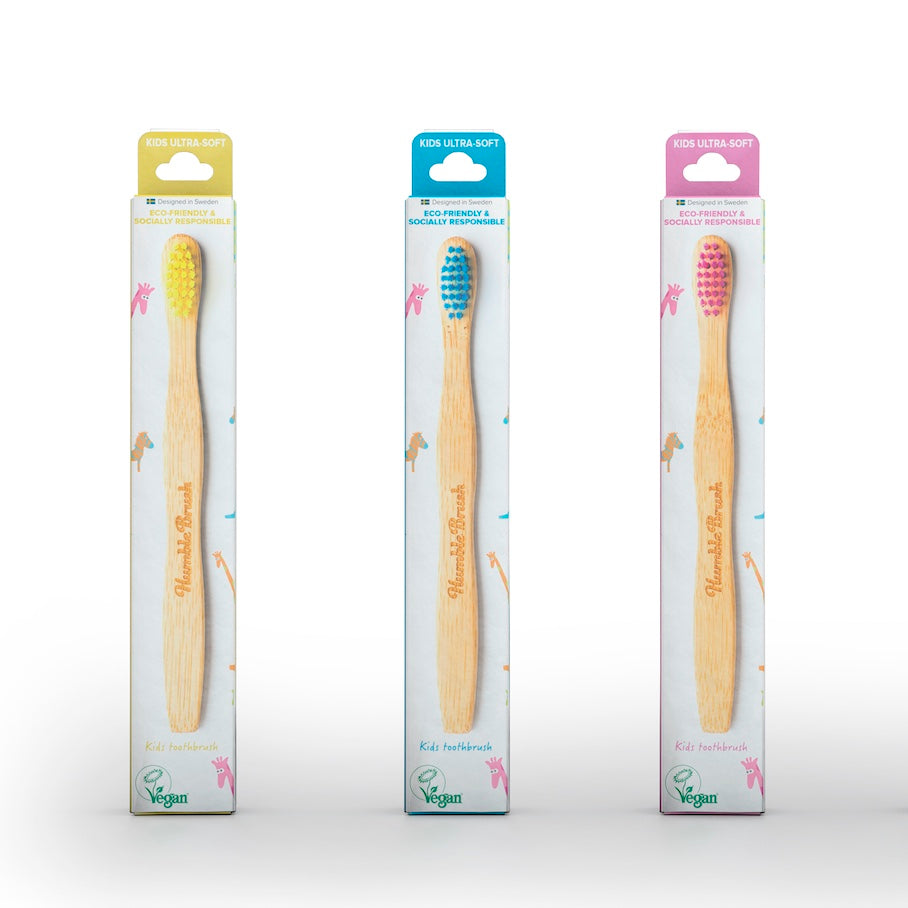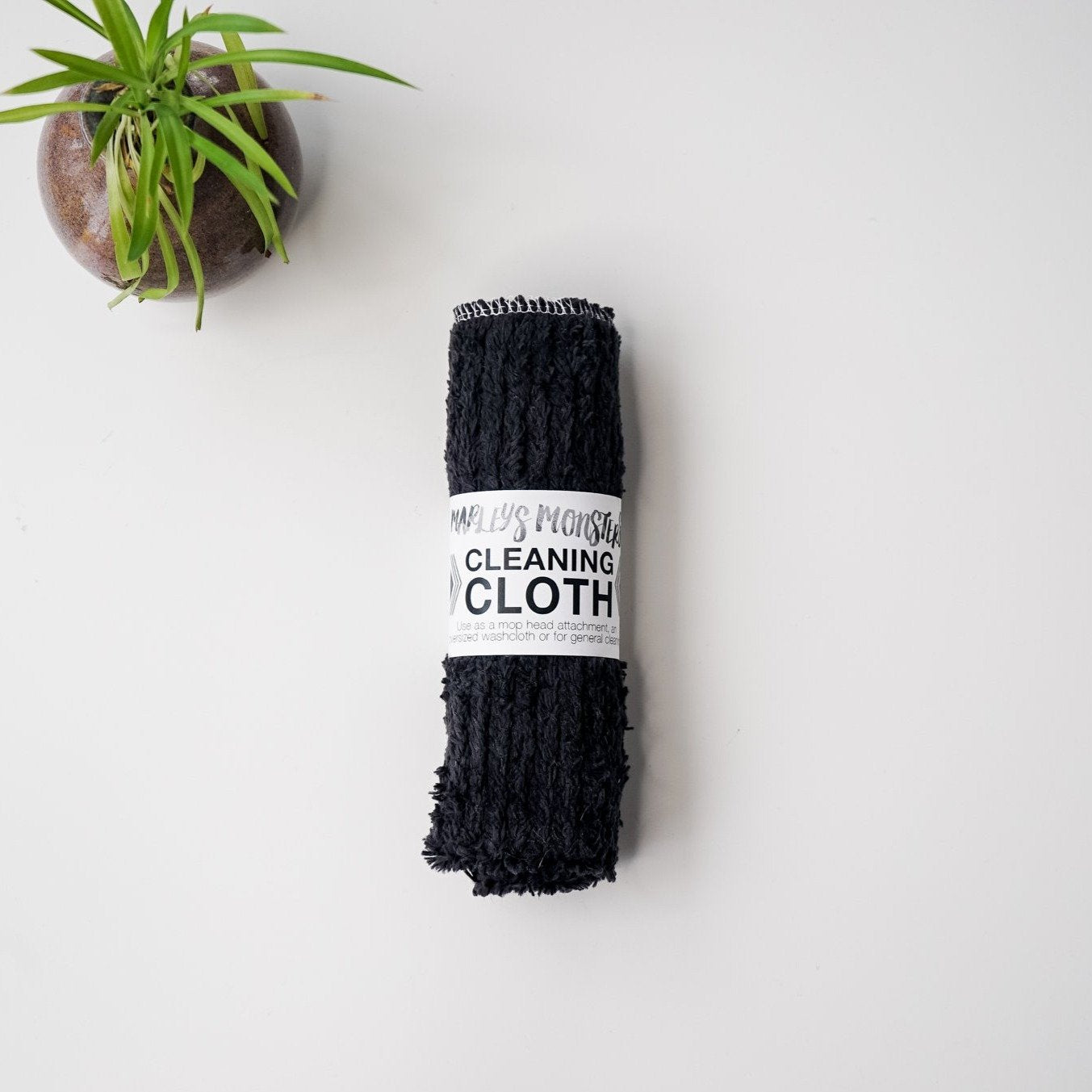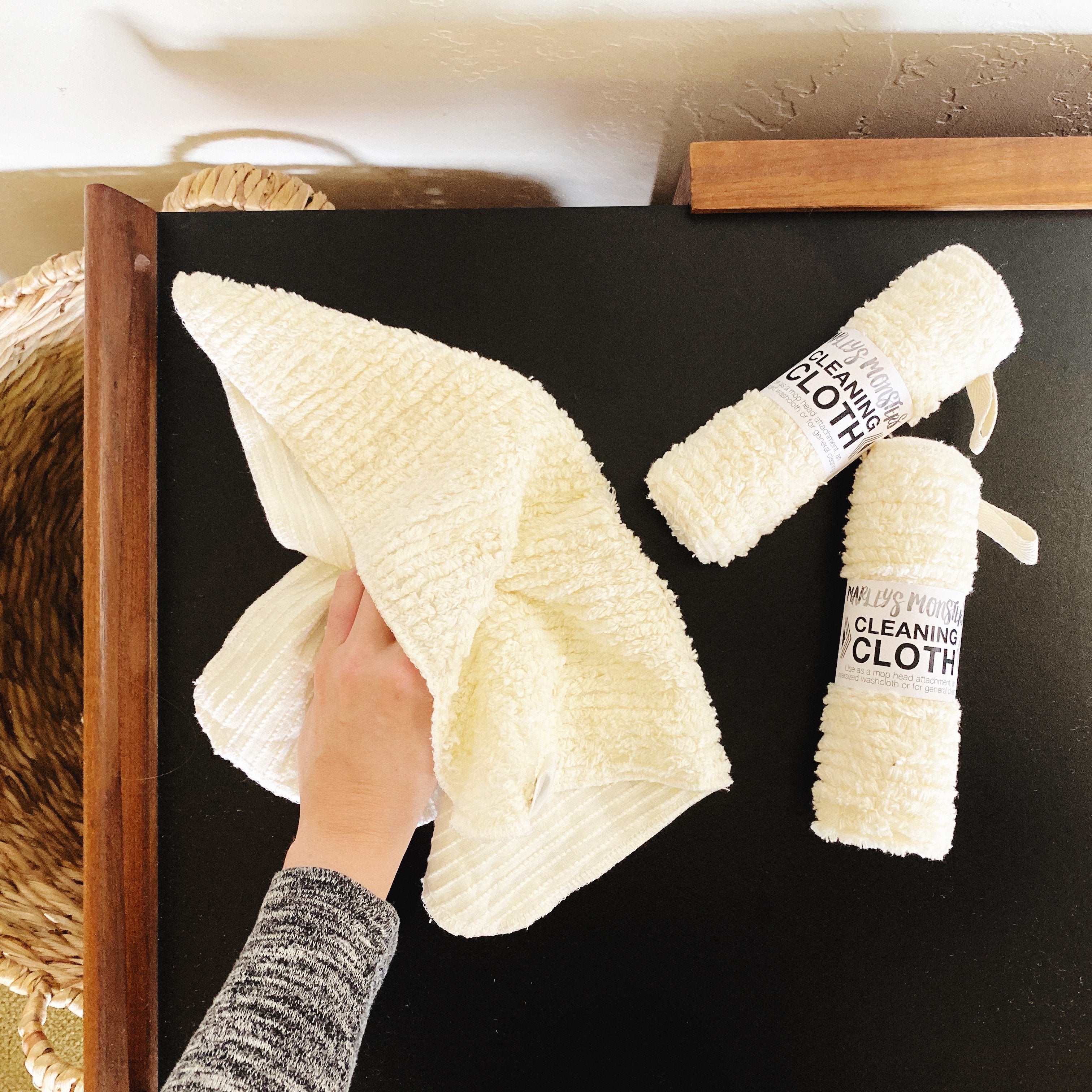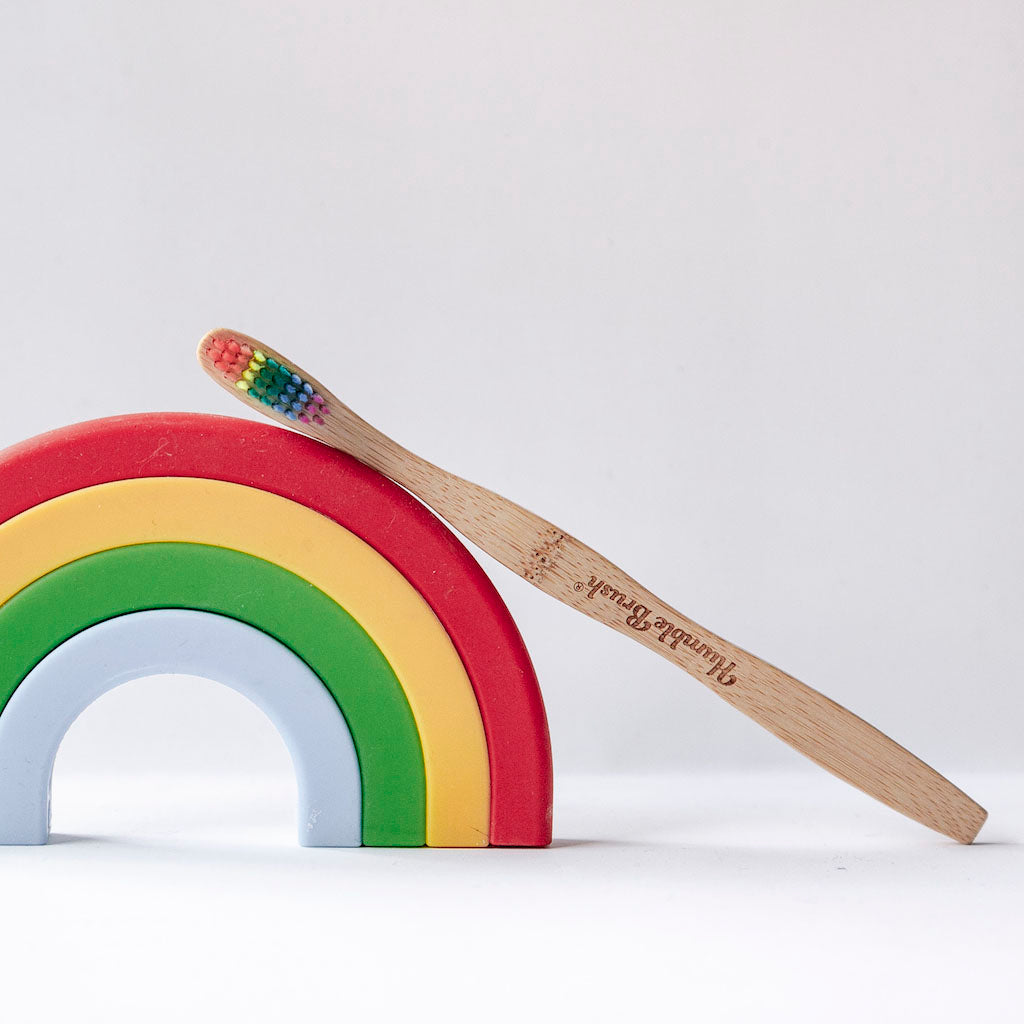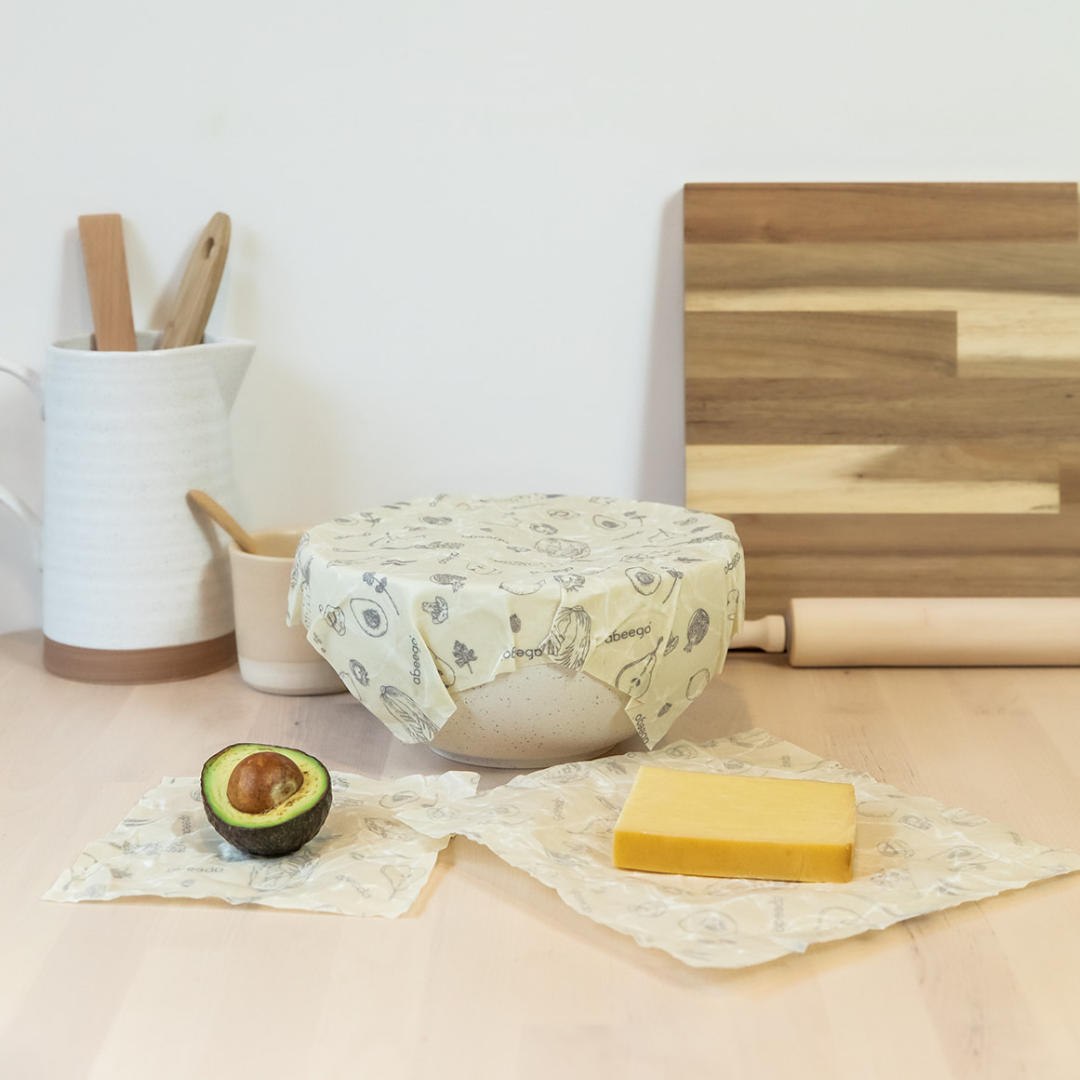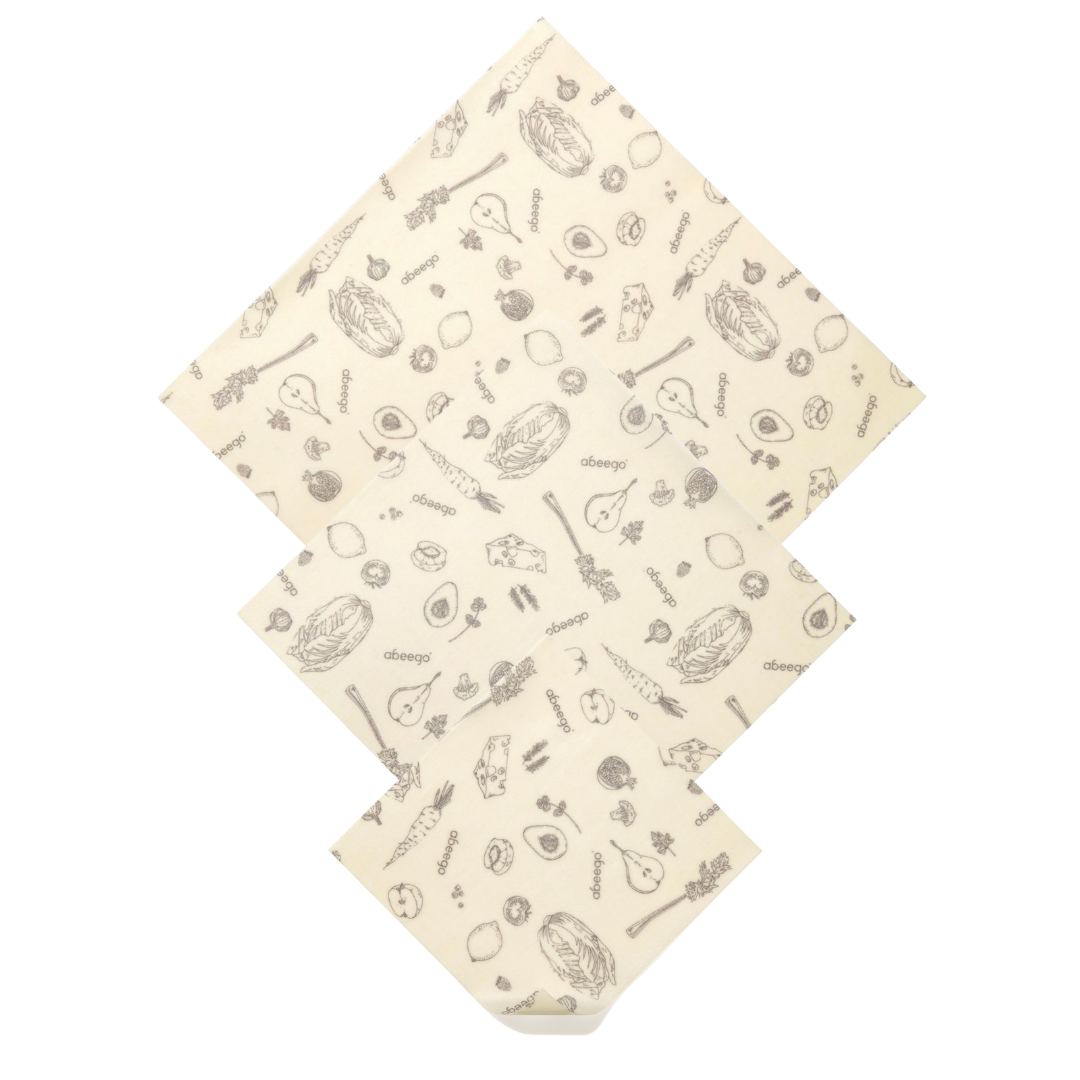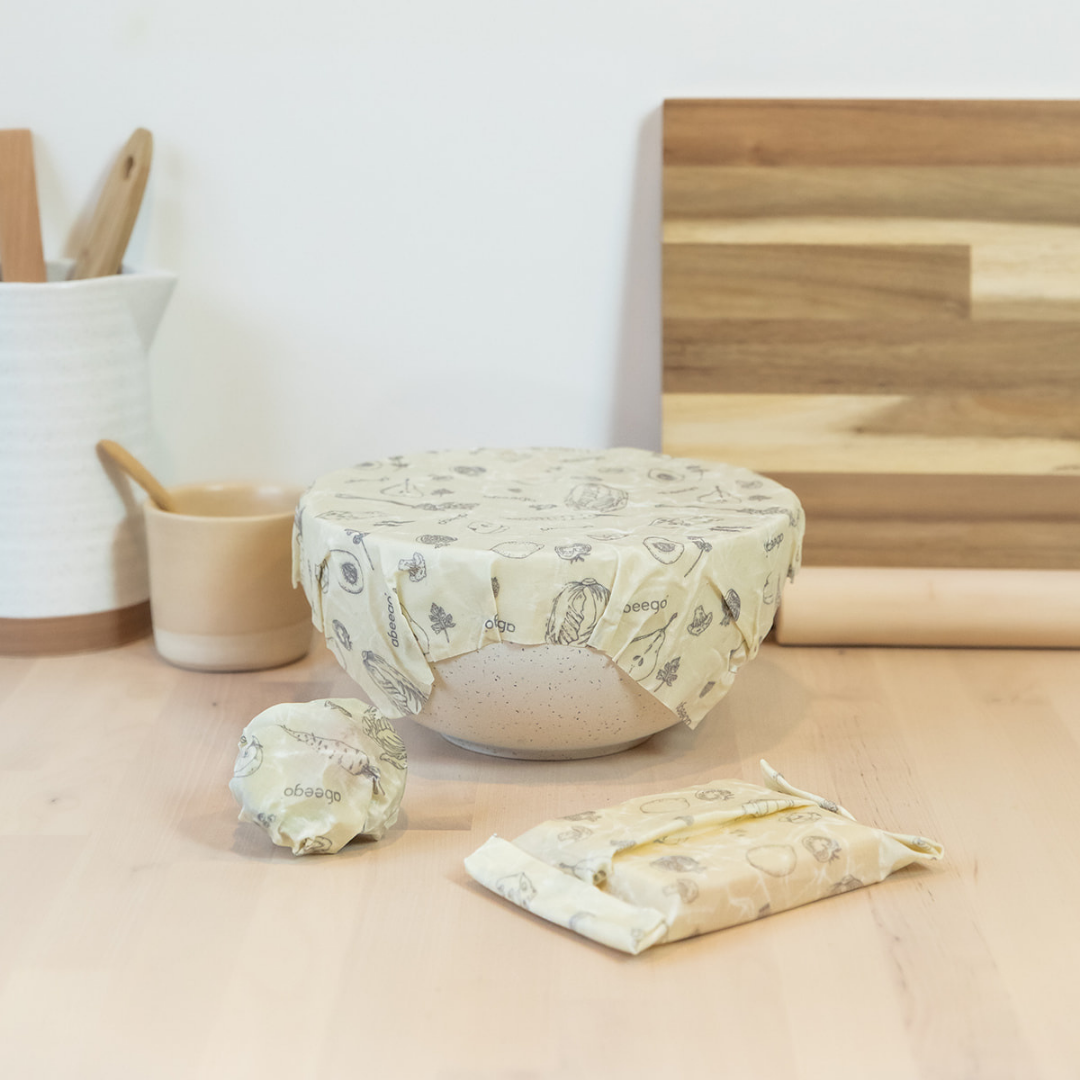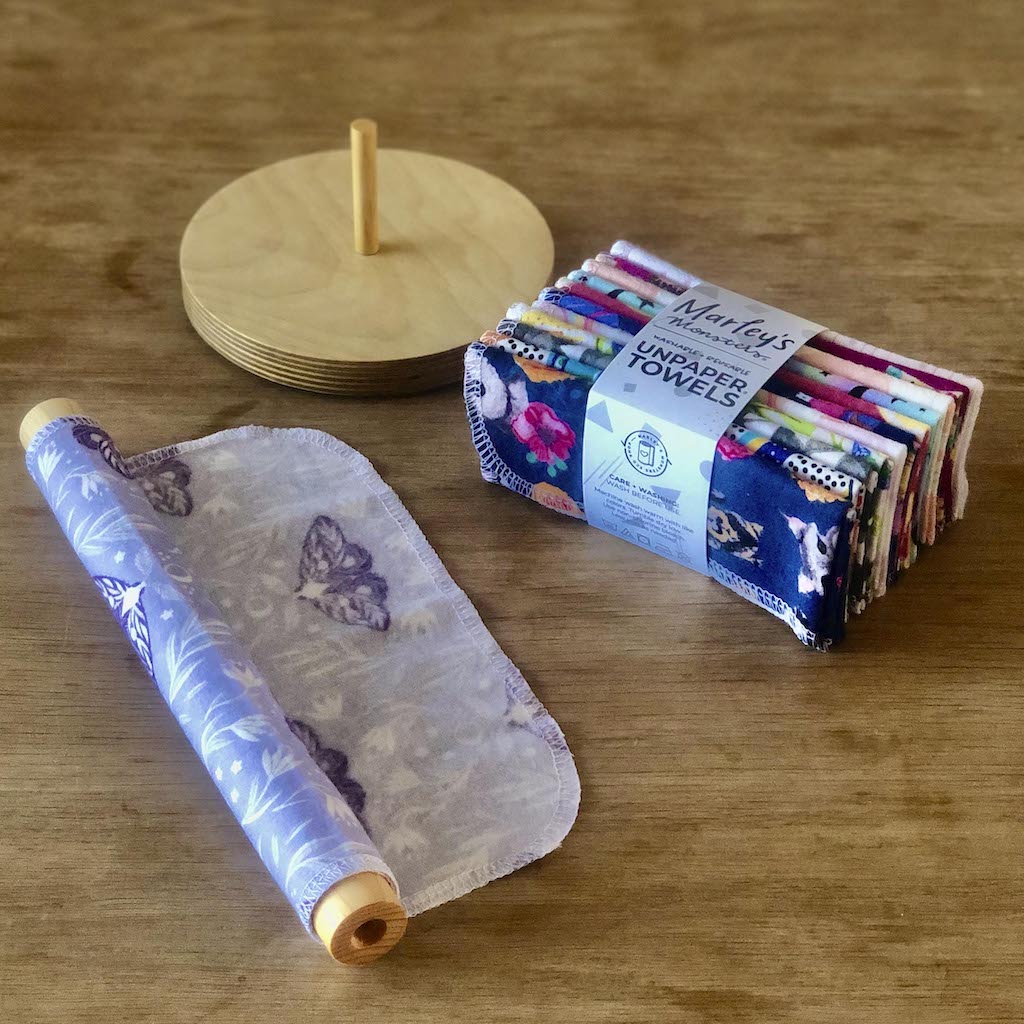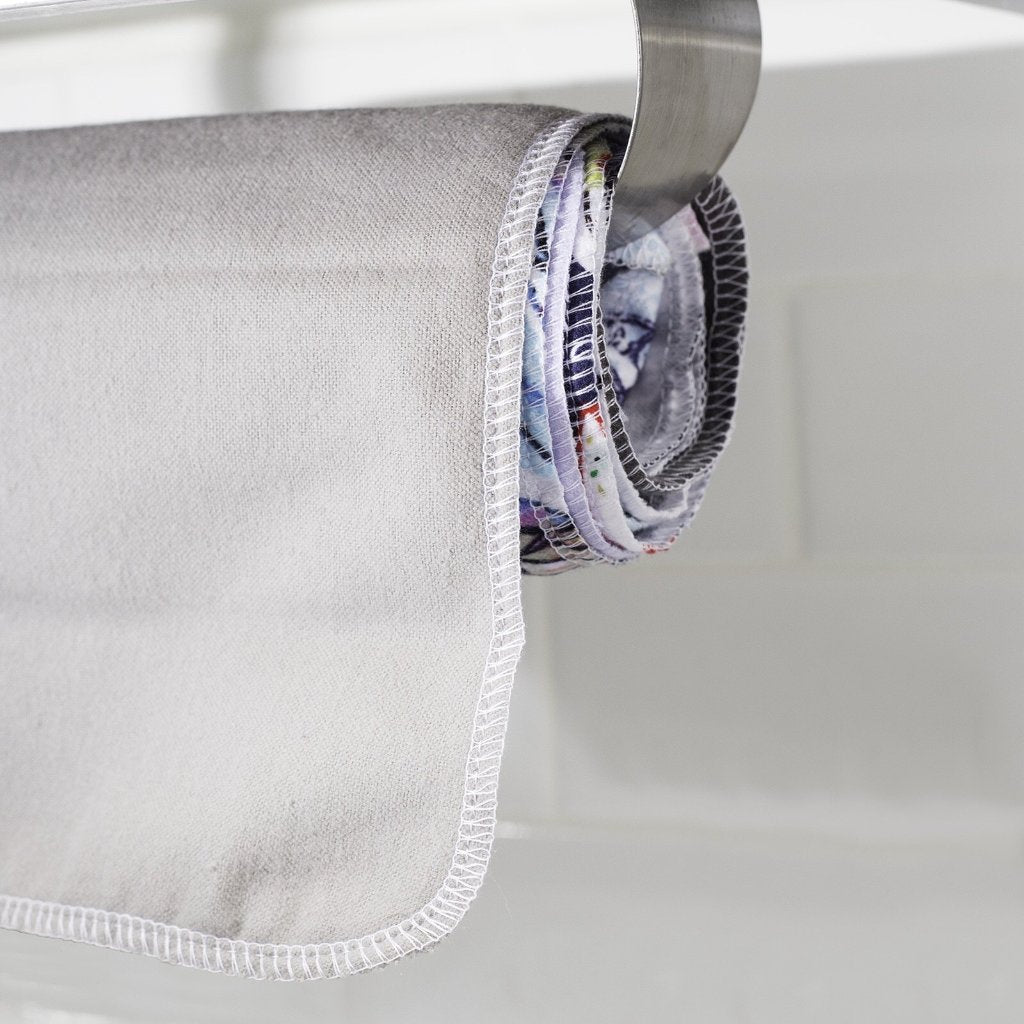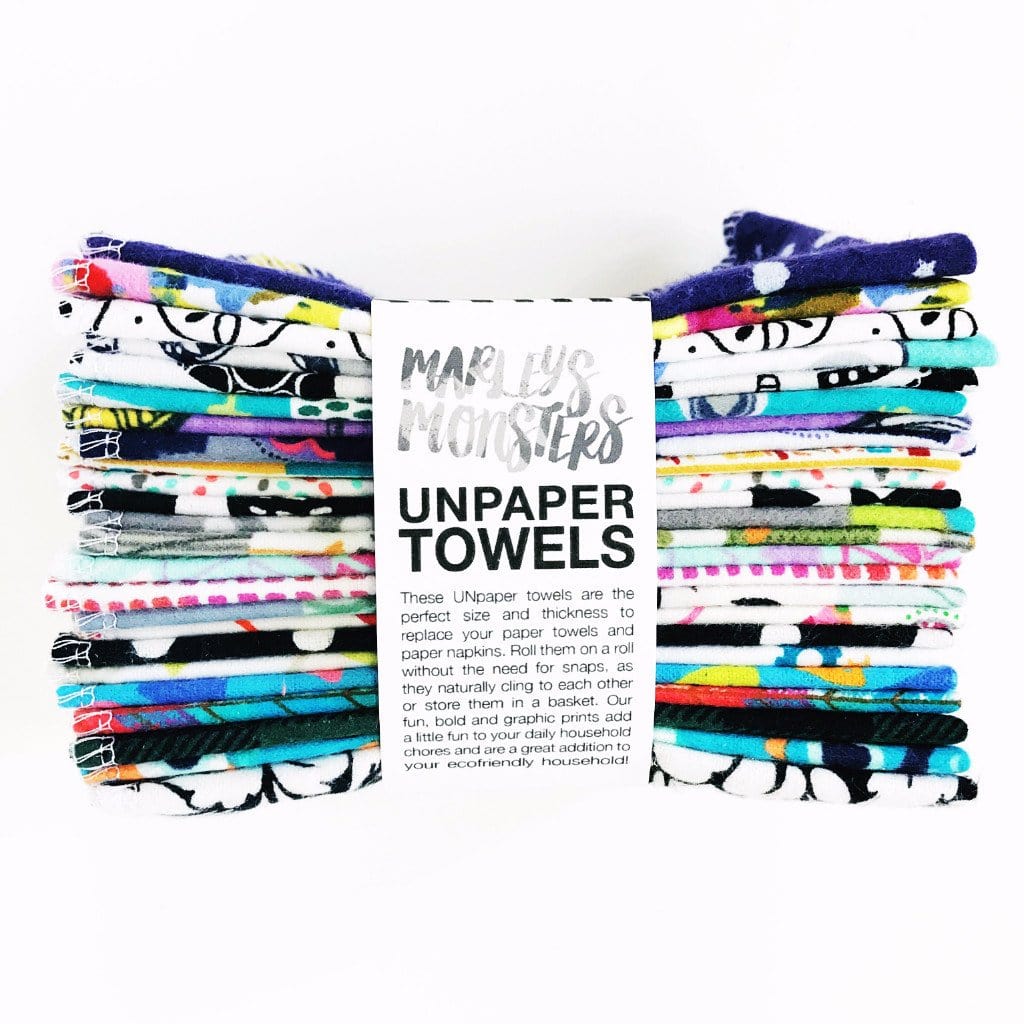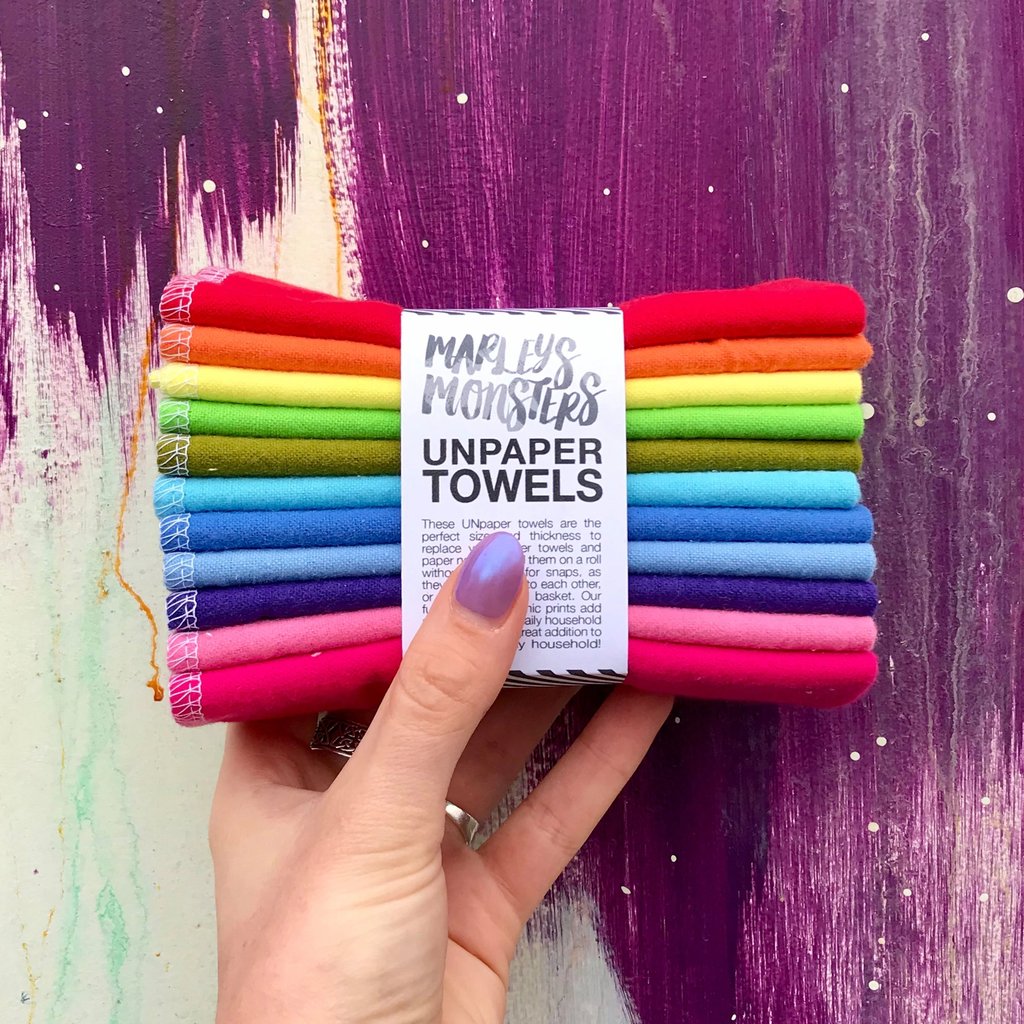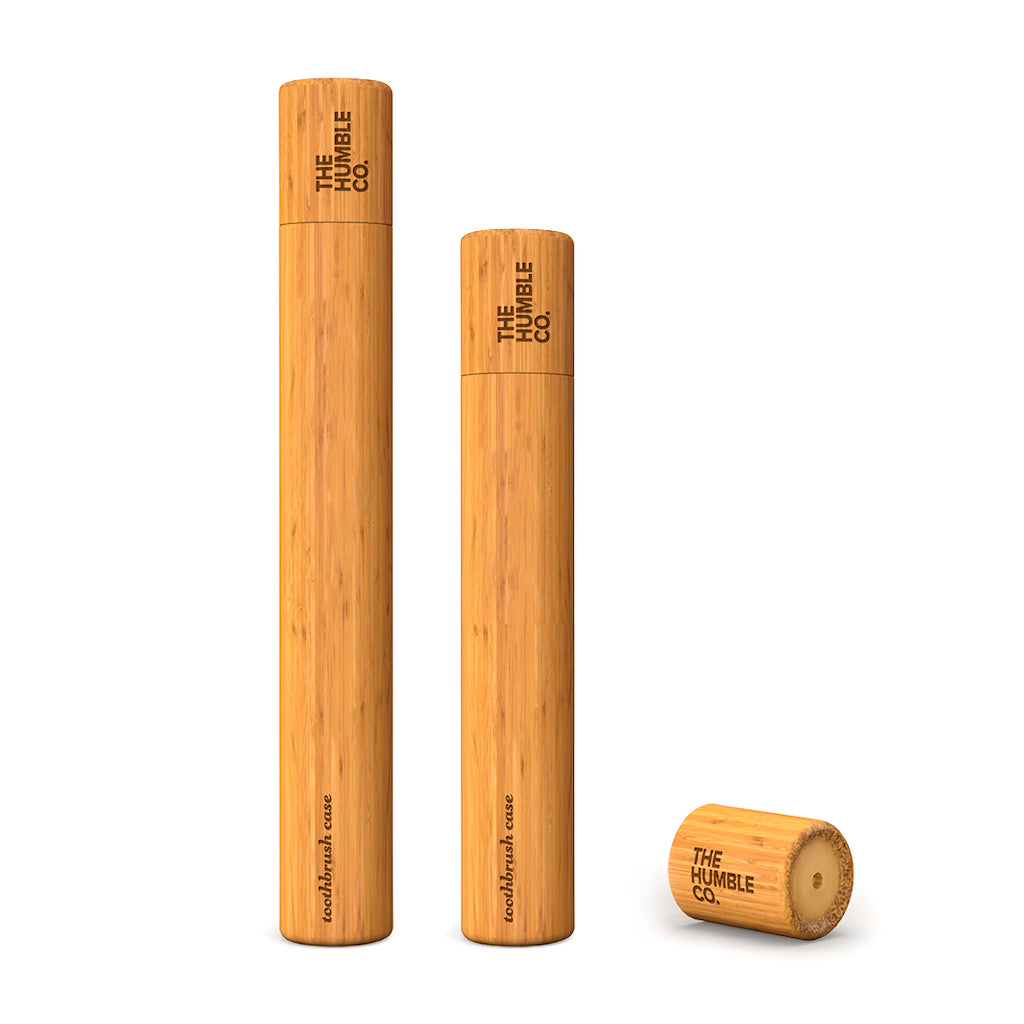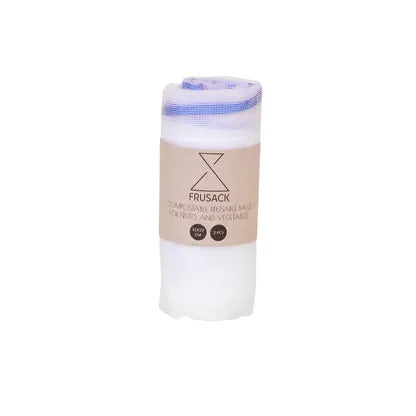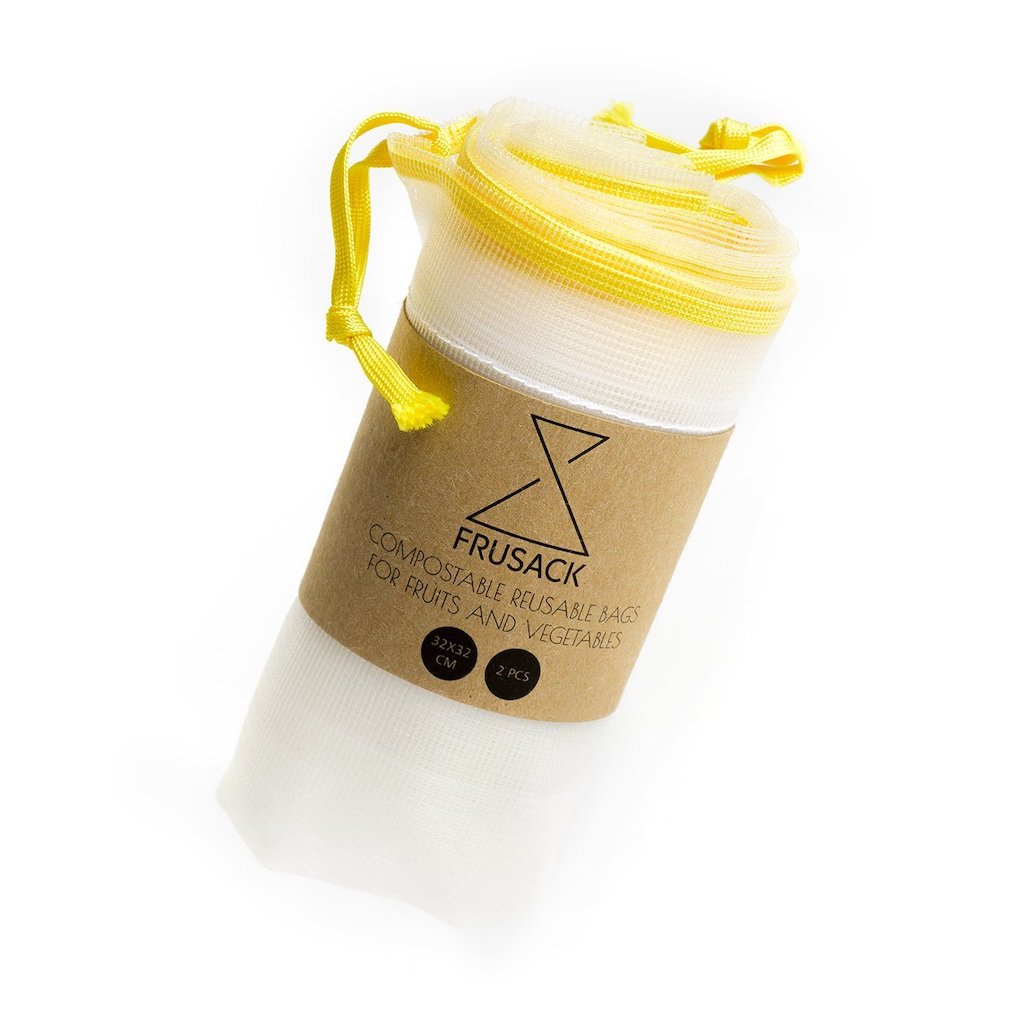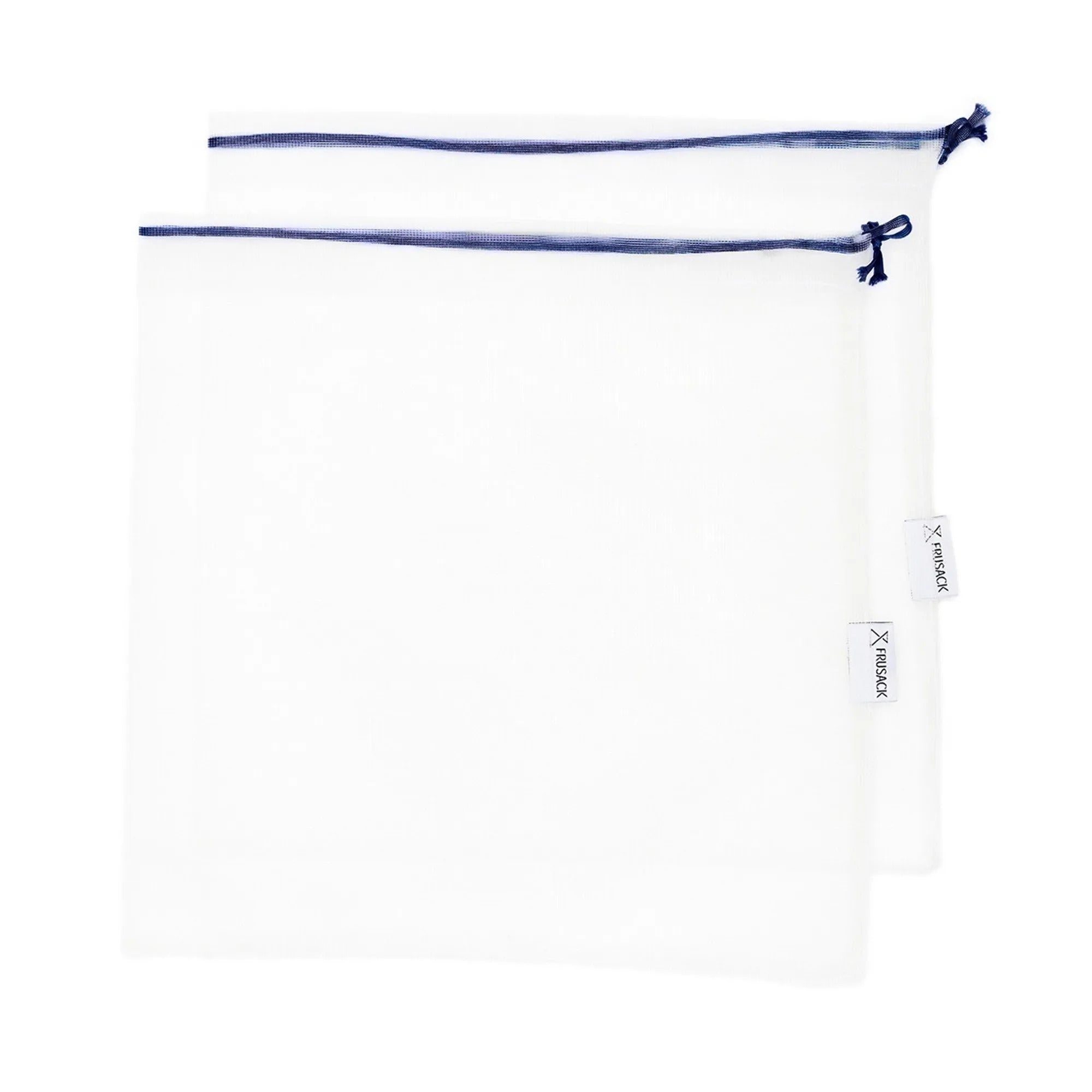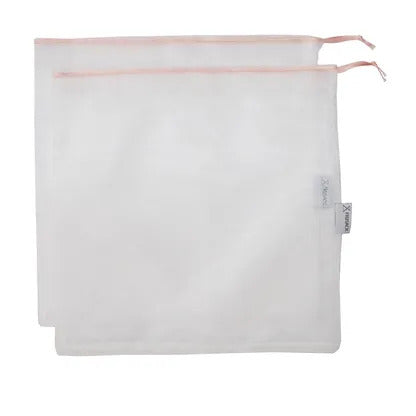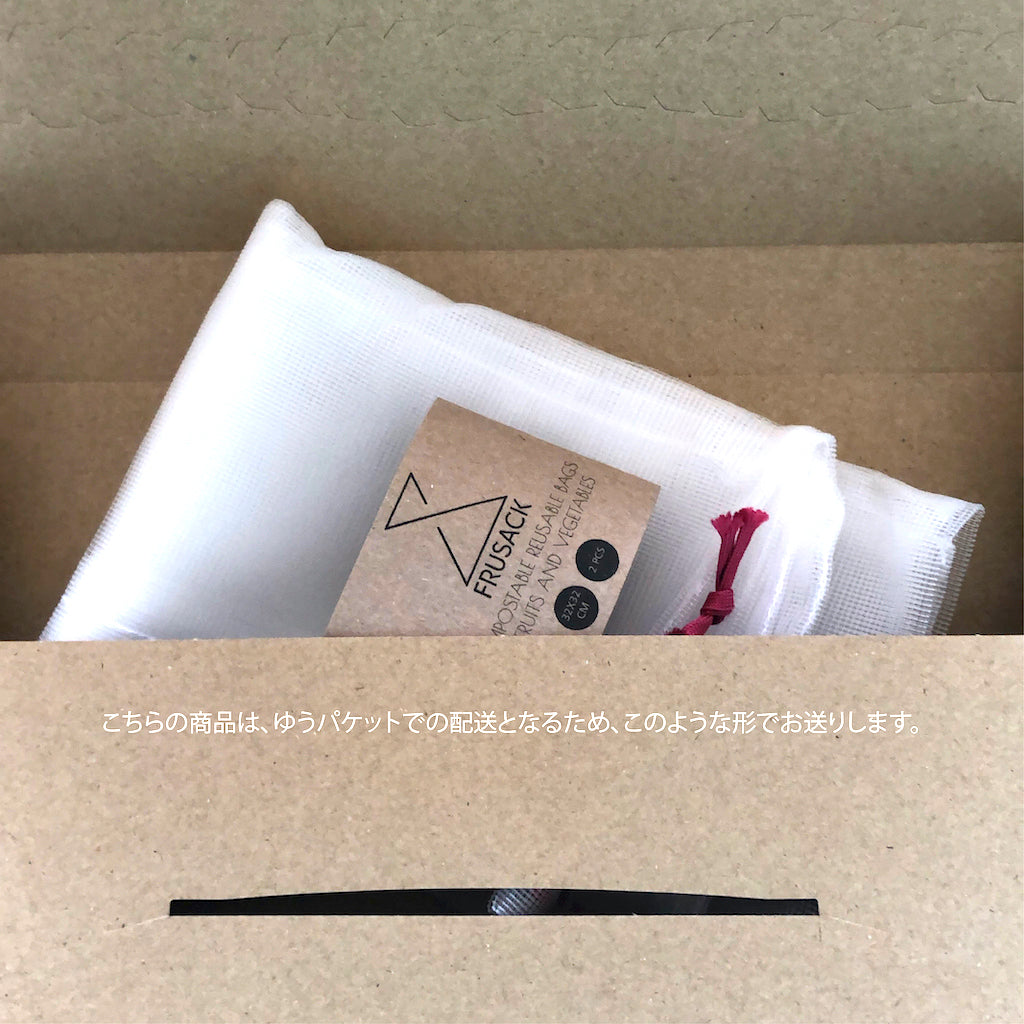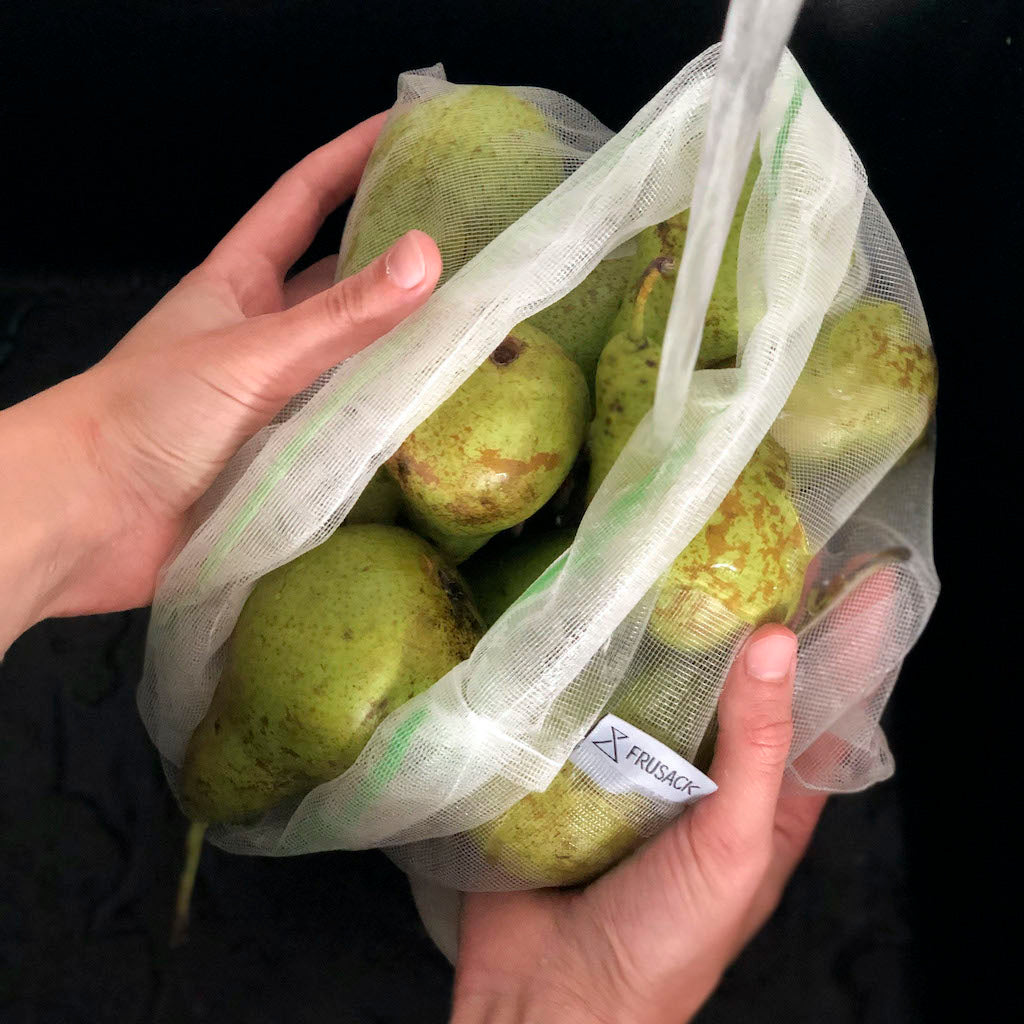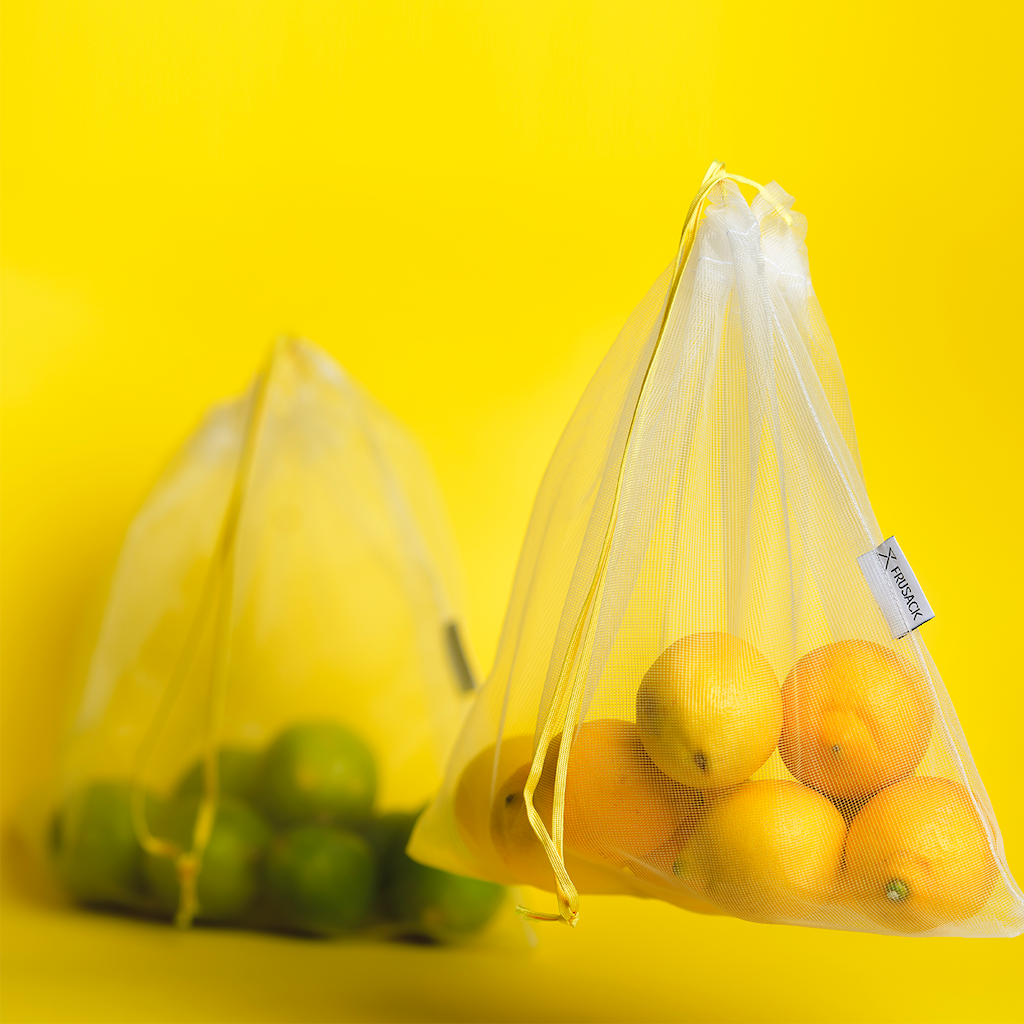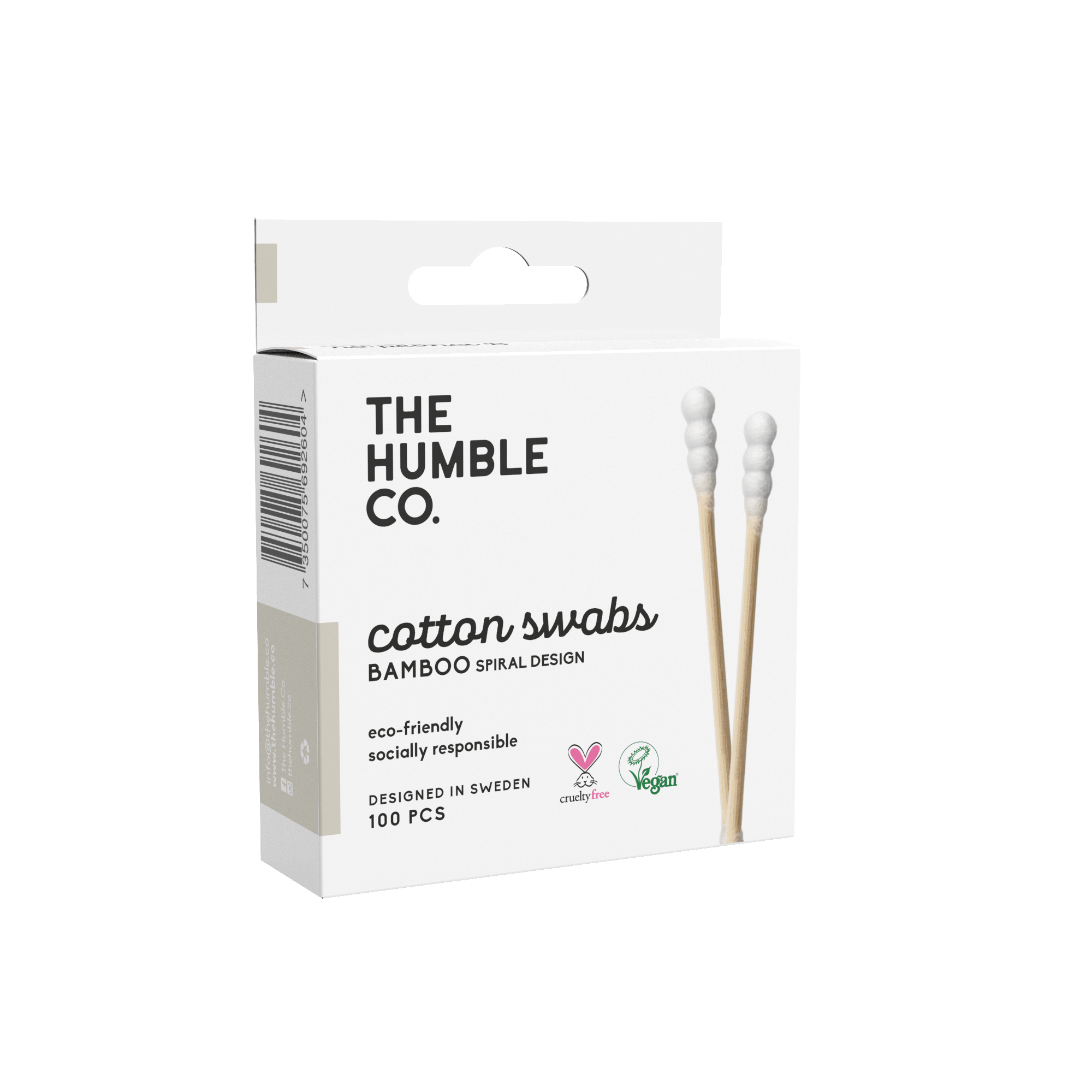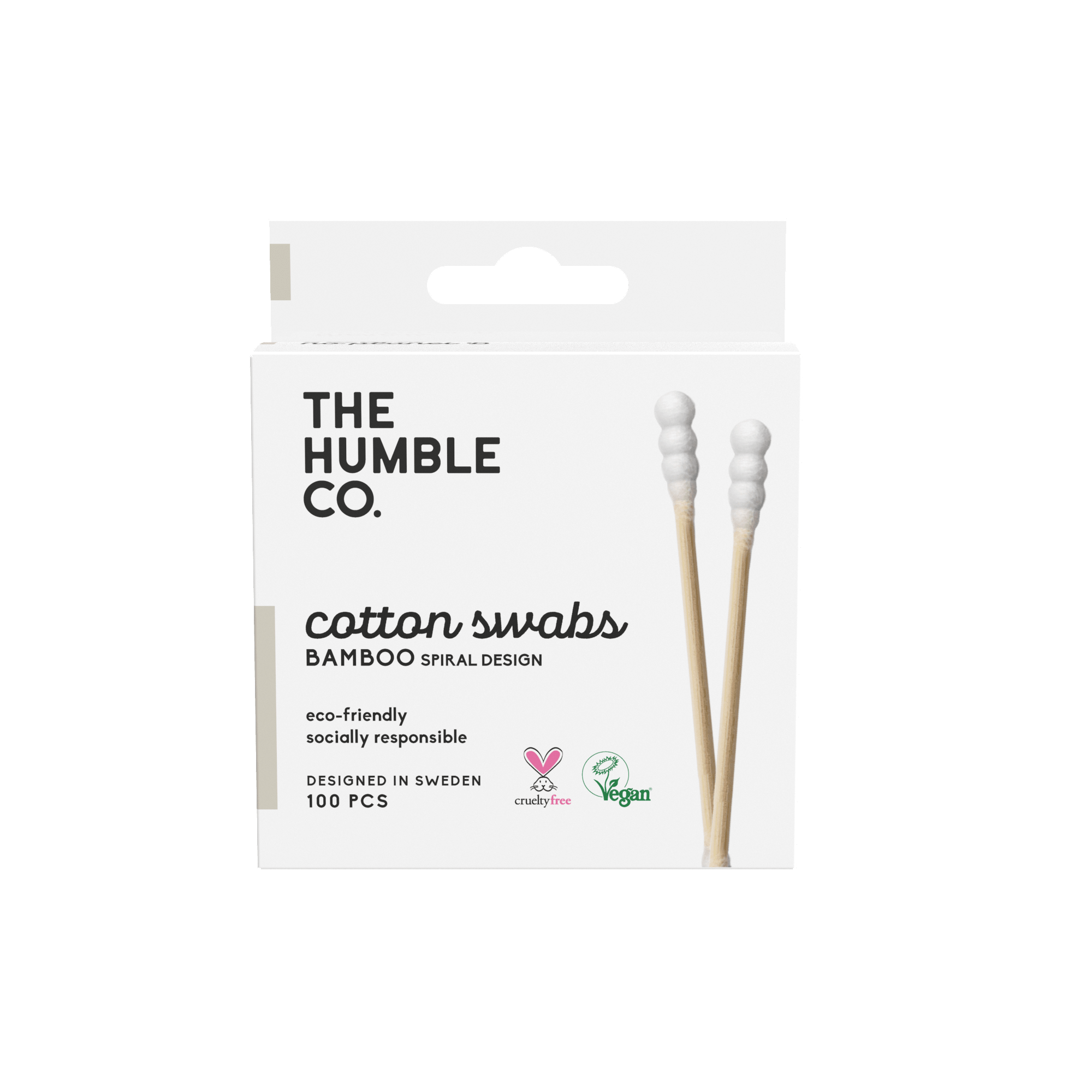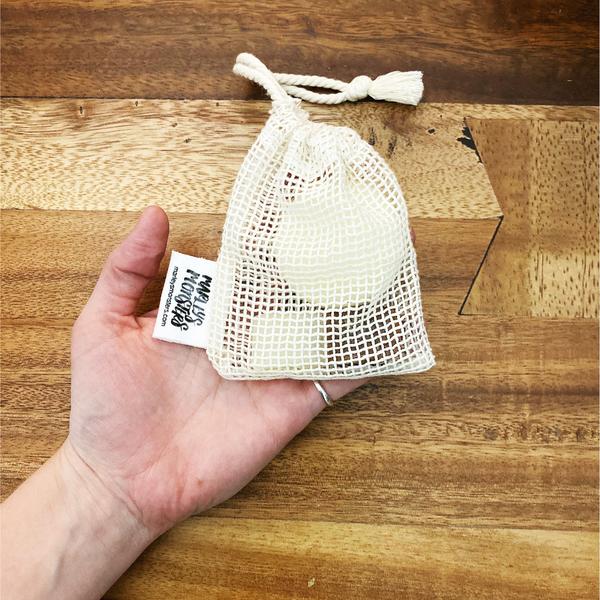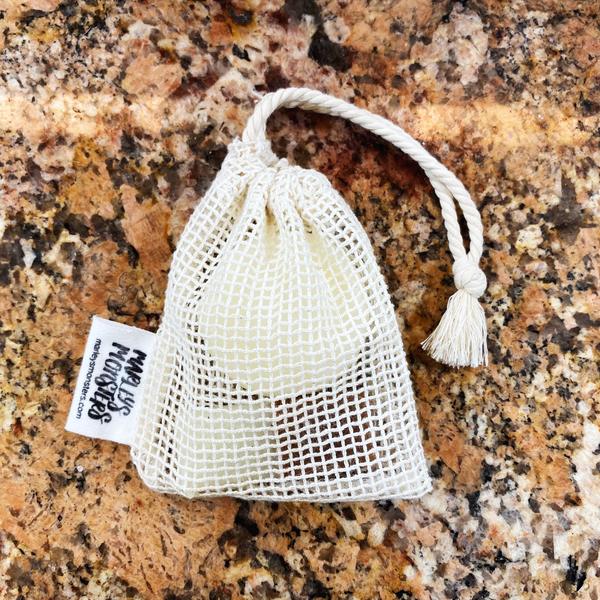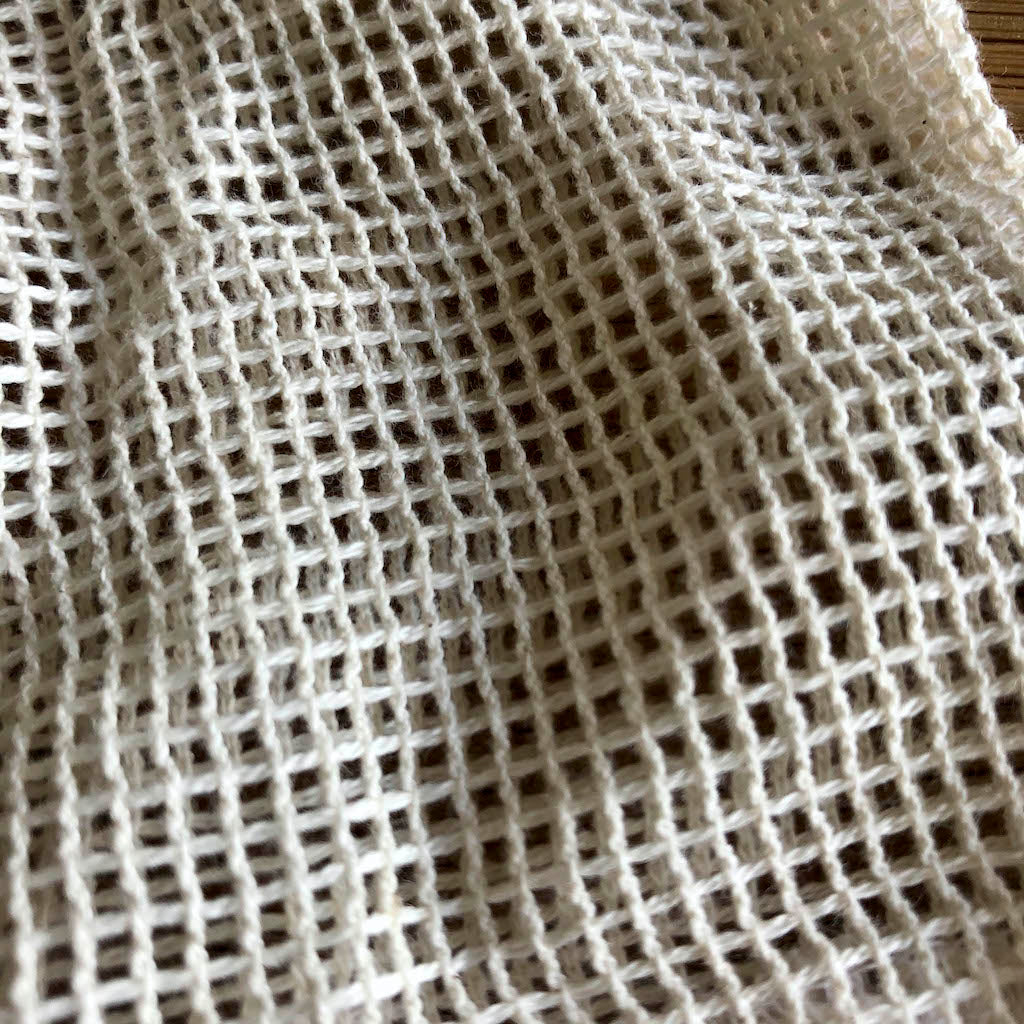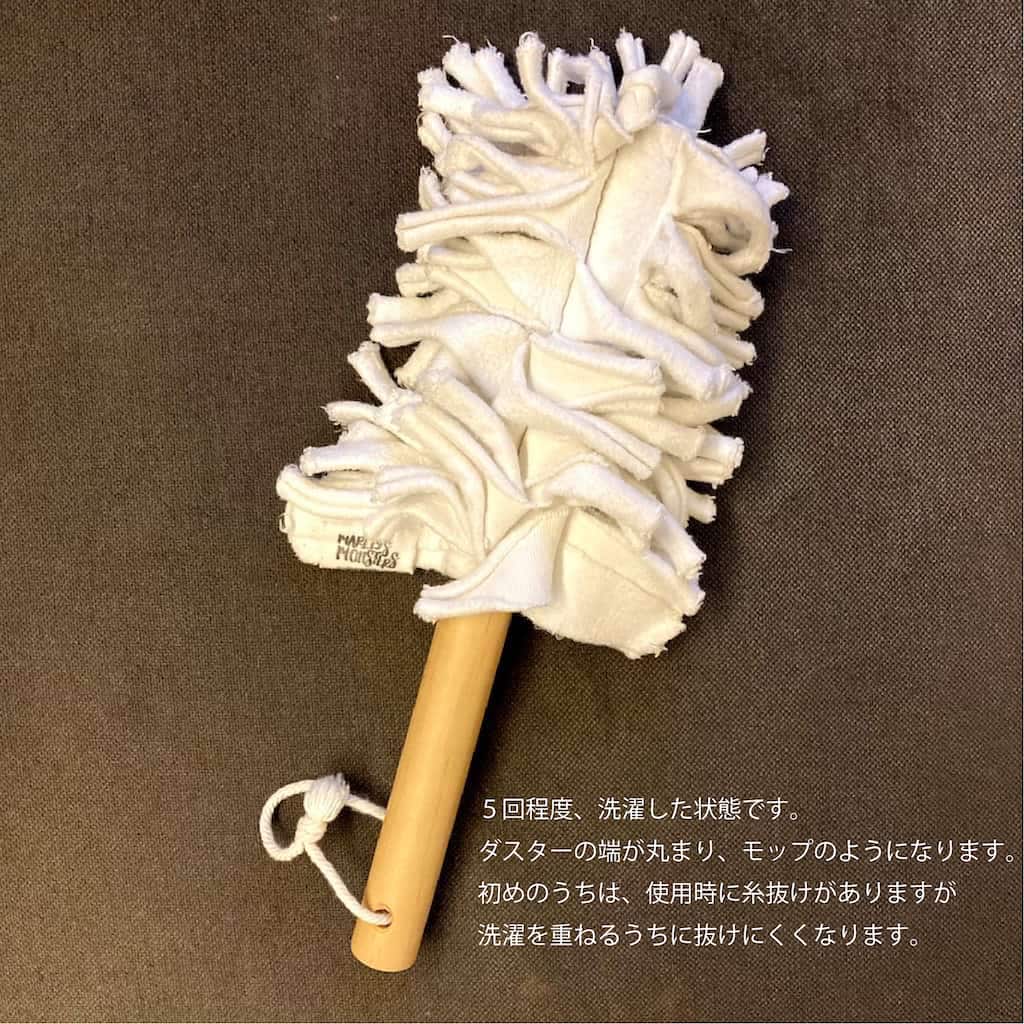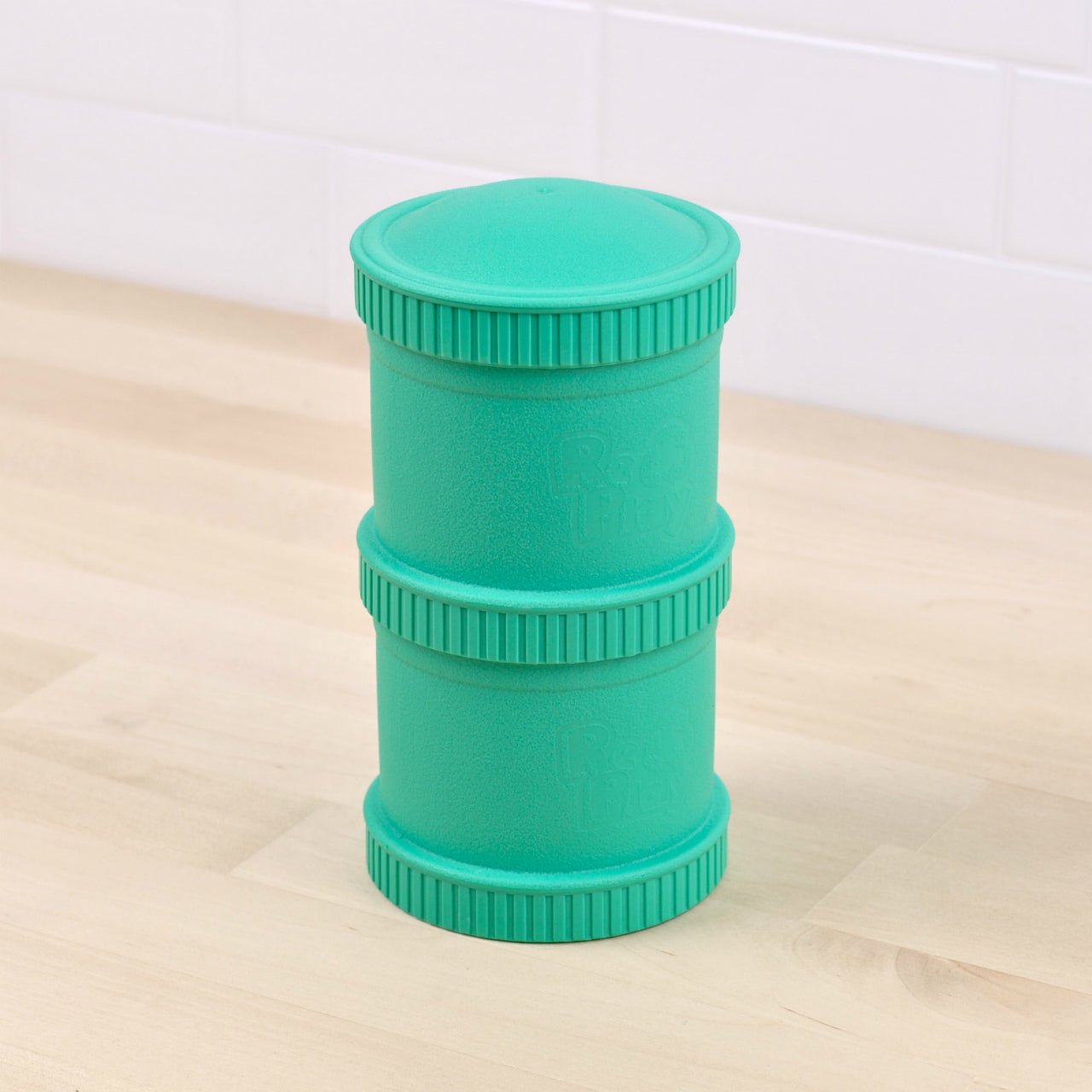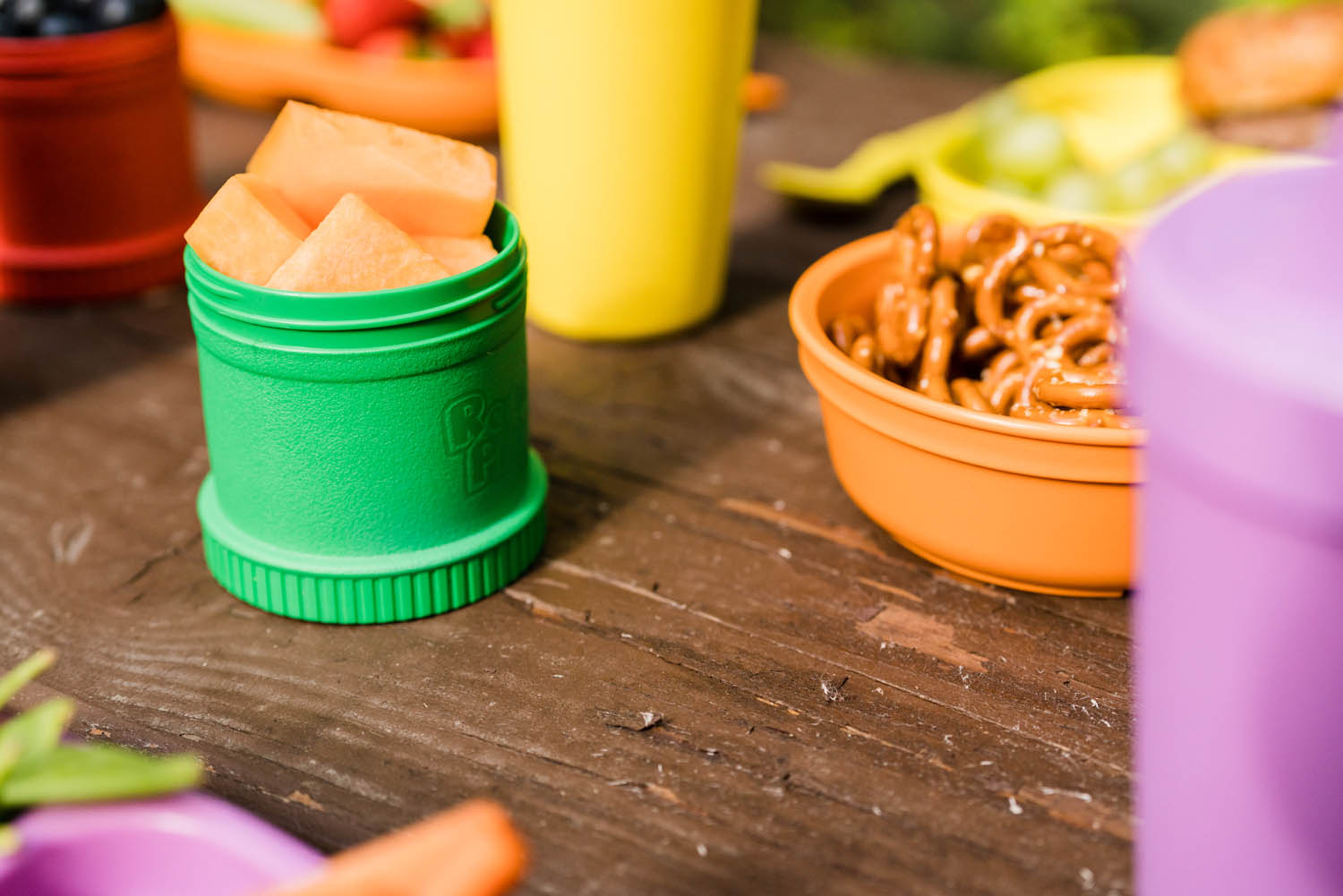Hello, this is Mika!
It's now November; the trees are beginning to shed their leaves... Winter is just around the corner now...
The other day, I received information from Yu-Ching from Borderless Creations that a major Swedish product maker called Felix opened its own supermarket, so I immediately started researching about it.
This supermarket is a new concept store where consumers can shop by converting carbon footprint instead of money, so they can shop while thinking about how much CO2 they emit when they buy! I wanted to go and give it a try myself, but found that the supermarket was a 2 days pop-up, and the future schedule was still undecided. If I have a chance to go in the future, I would like to report about it here!
I have never shopped this way though; shopping and calculating the carbon footprint of how much I buy. However, I do try to buy environmentally friendly items as much as possible.
For example, if I find a product that is organic at a supermarket, I buy it instead of others.
Buying all organic products may feel that very expensive, but in reality, the prices are not so different here in Sweden.
I went shopping the other day so I will show you the actual price differences between organic and non-organic products.

オーガニック食品 | Organic Products
|
Banana (1kg) |
Organic 23Kr |
Non-organic 19Kr |
+4 |
|
Potato (1 sack 500g) |
Organic 9Kr (On sale) |
Non-organic 16Kr |
-7 |
|
Cucumber (1) |
Organic 8Kr (On sale) |
Non-organic 13Kr |
-5 |
|
Lemon (1) |
Organic 8Kr |
Non-organic 6Kr |
+2 |
|
Tacos Spice Mix |
Organic 10Kr |
Non-organic 9Kr |
+1 |
** 1Kr is about 10 yen
The price differences are between 10 yen to about 50 yen. In some cases, organic products are cheaper.
Let's take a look at alternatives to dairy products. These are also cheap, has a large selection, and the taste is delicious, so it is easy to buy and incorporate in to your daily life. Also, in Sweden, there are a lot of dishes that use fresh cream, so it is also nice to have these alternatives because these alternatives can reduce calories.

乳製品代替品 | Dairy Alternatives
|
Fresh cream (1L) |
Plant-based (Oat) 25Kr |
Cow 43Kr |
|
Milk (1L) |
Plant-based (Oat)
18Kr |
Cow 15Kr |
I've been curious about CO2 emissions, so as I was investigating, I found two apps that can calculate it for you.
The first one is the Carbon Footprint Calculator distributed by Dokonomy, a Swedish company. It's still in beta, but if you select a category and enter the amount you spent, you can calculate CO2 emissions from the average value of that category.

I spent 1165 kroner, so when I selected Food and converted it, it says my Carbon Footprint was 53.8 kg.
Another app is from a supermarket called ICA.

Since this is a system linked to Personnummer (Personal Identity Number used in Sweden), you don't have to enter it yourself, and what you buy is automatically imported into the app and converted. The app says my carbon footprint was 47 kg.
The carbon footprint from Doconomy and ICA are slightly different due to the difference in the coefficients used for their conversion, but it turned out that my carbon footprint was about 50 kg.
Is 50kg shopping good or bad?

Looking at the Docomony app, the amount of CO2 in Sweden is 11 tons (per year), and if you try to reduce this by 60%, it will be 120 kg (per week) per person.
It does seem that 50kg for a week of shopping is quite good right? It's easy to think so but you need to take in to consideration ALL your spendings, such as electricity and gasoline. In addition, our washing machine broke last month, so we had to buy a new one. When I calculated the carbon footprint of the new washing machine with the Doconomy app, it was 230 kg per washing machine! With such expenses, it is difficult to set goals... However, I will like to continue my efforts to reduce weekly food shopping to less than 50 kg.
See you next month!

![[MEDIA] DECEMBER 25, 2025](http://borderlesscreations.com/cdn/shop/articles/MEDIA_4.png?crop=region&crop_height=1080&crop_left=0&crop_top=0&crop_width=1080&v=1766622527&width=1080)
![[MEDIA] DECEMBER 2, 2025](http://borderlesscreations.com/cdn/shop/articles/MEDIA_3.png?crop=region&crop_height=1080&crop_left=0&crop_top=0&crop_width=1080&v=1764653760&width=1080)

